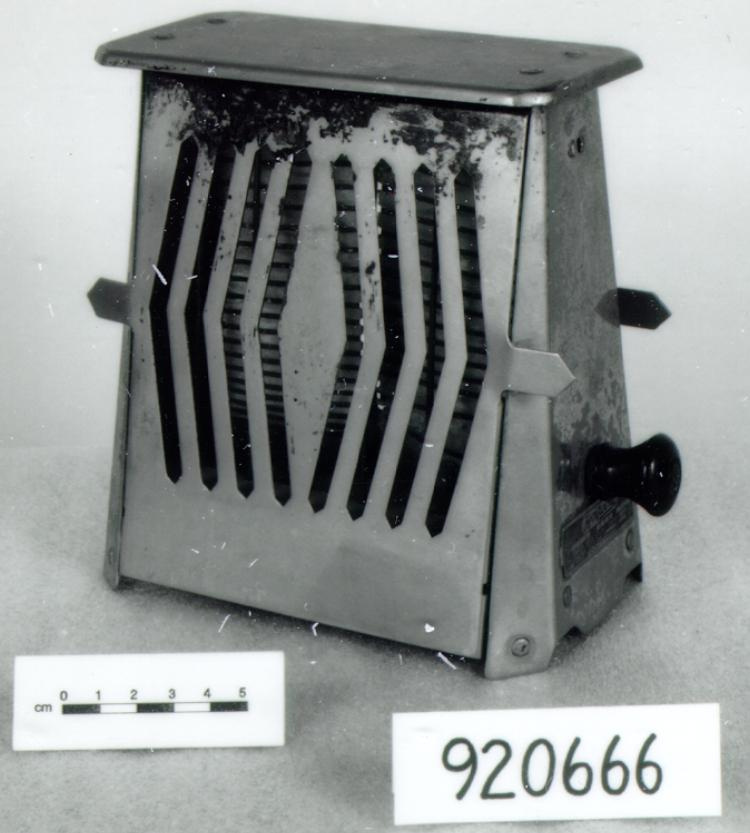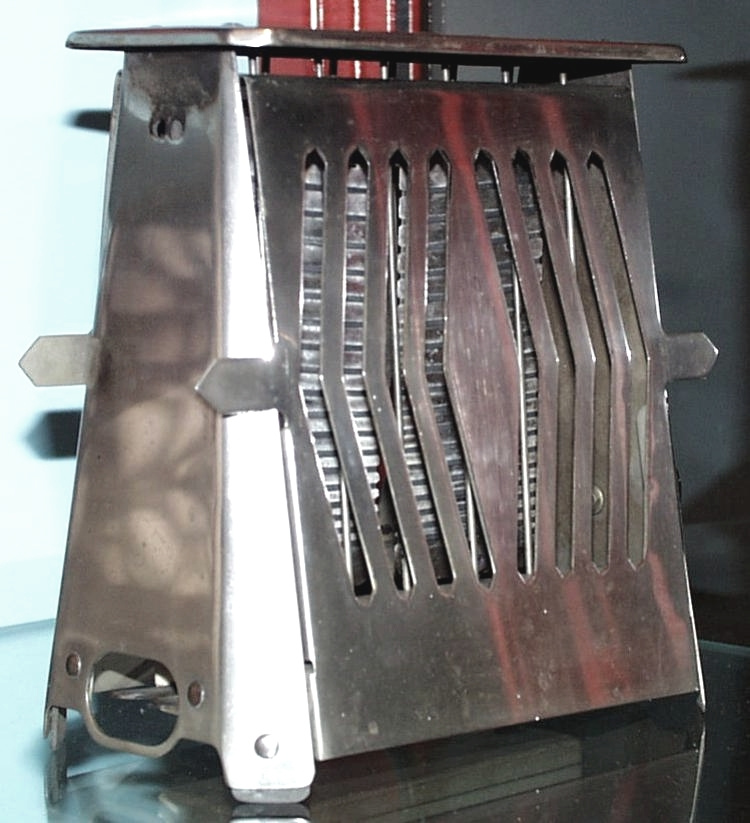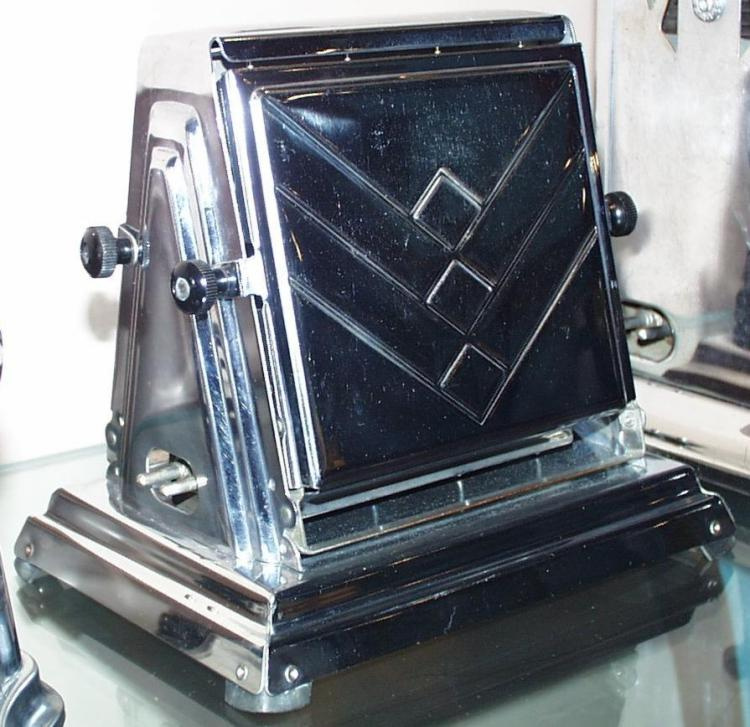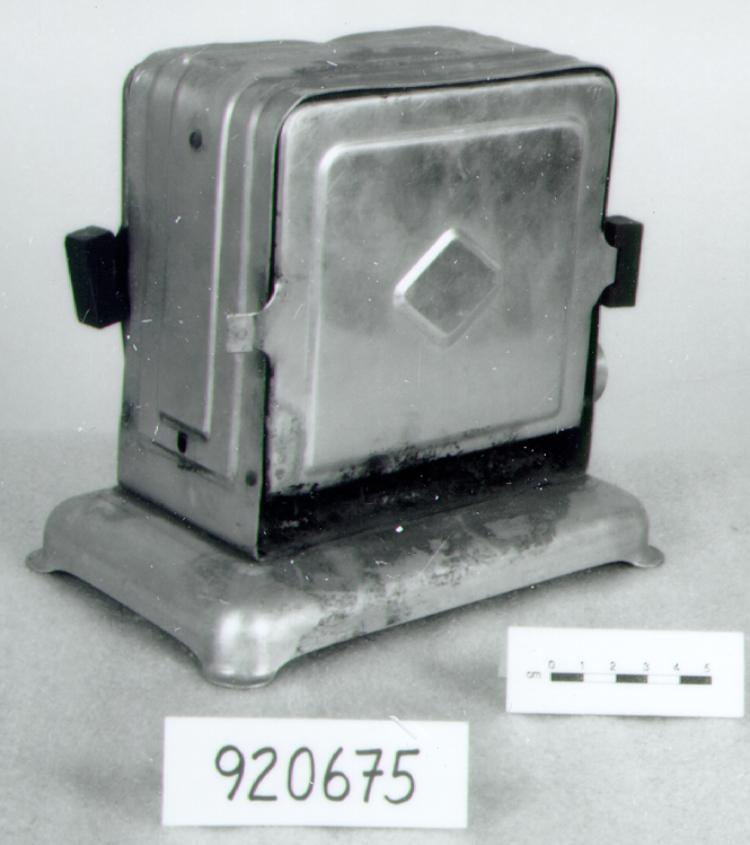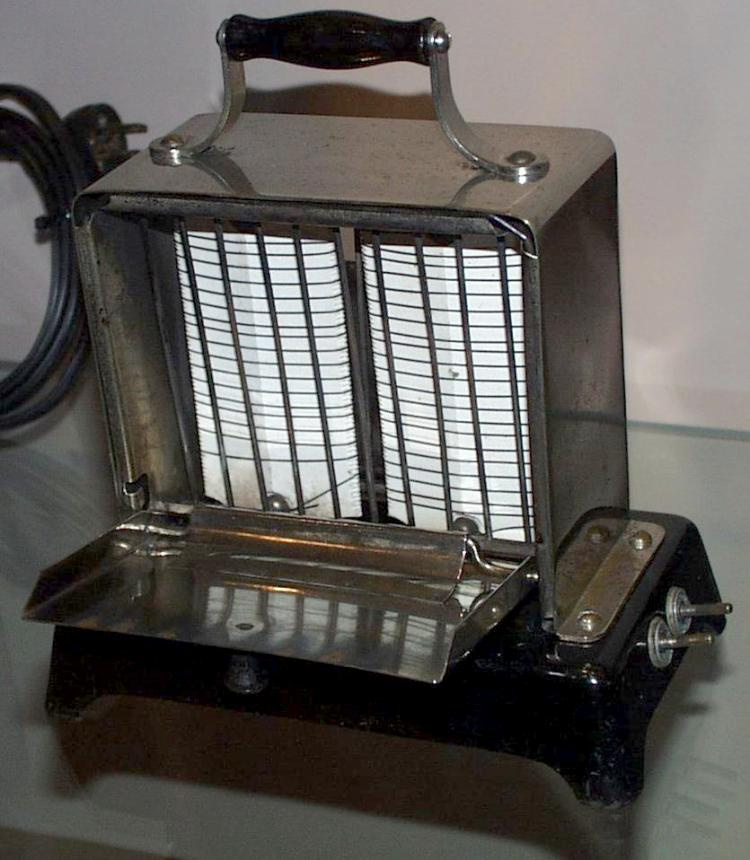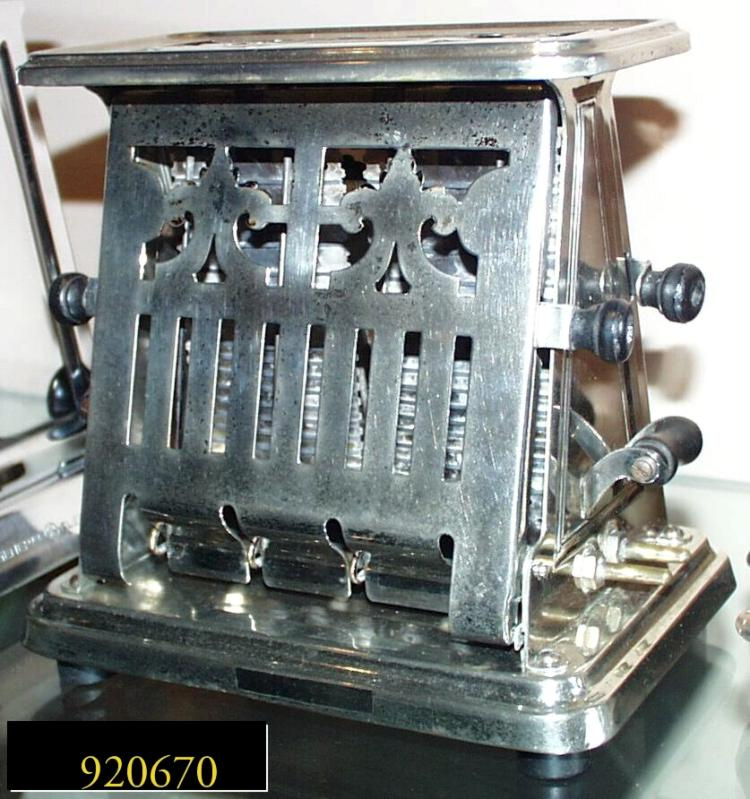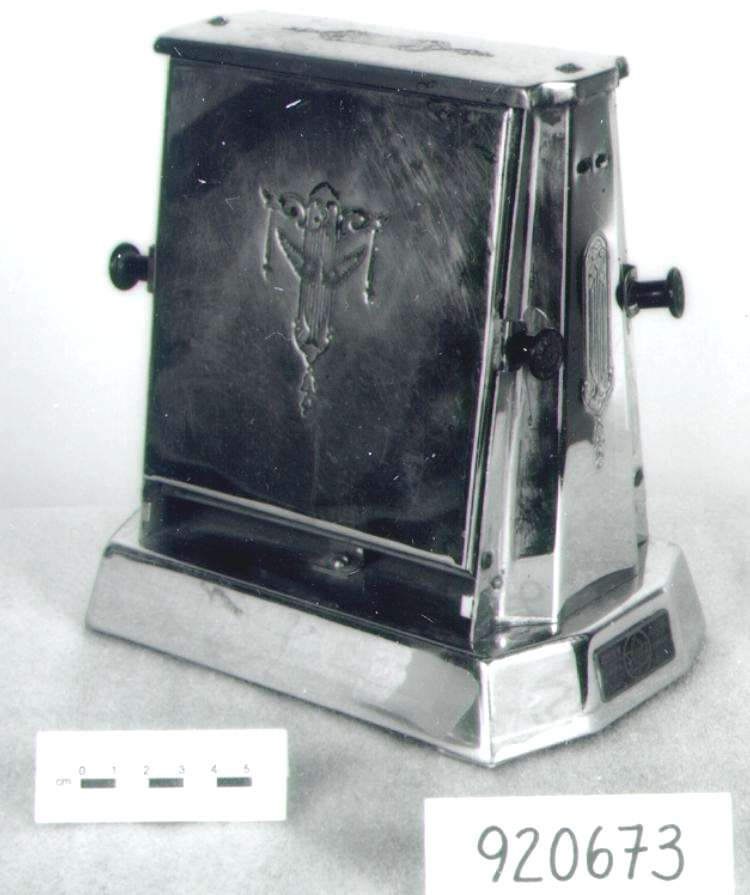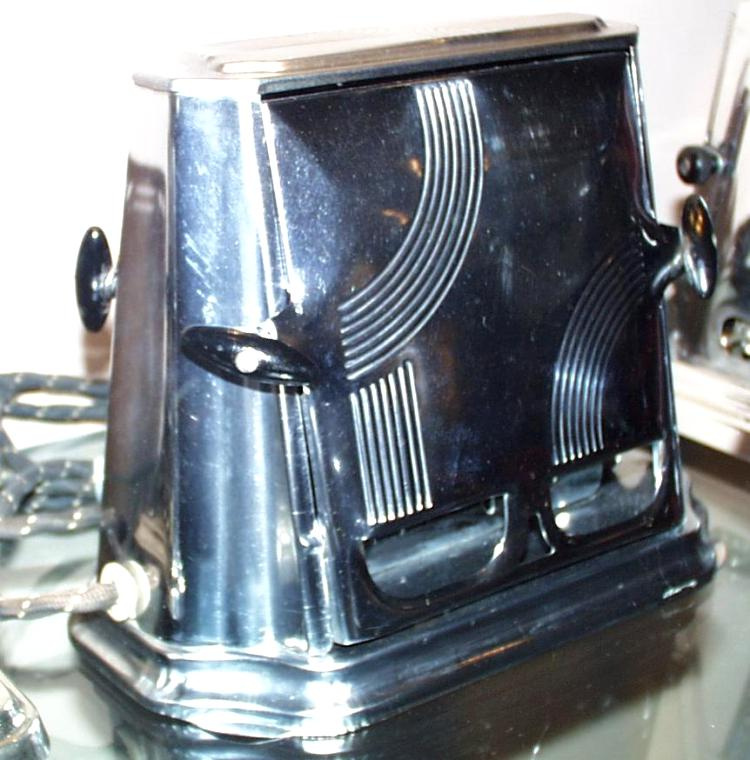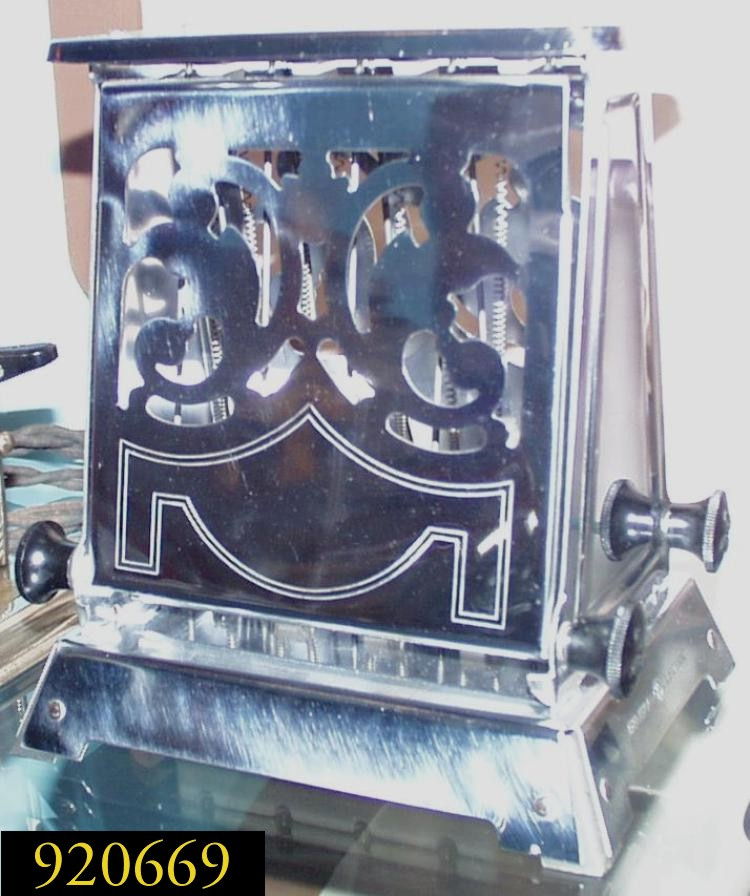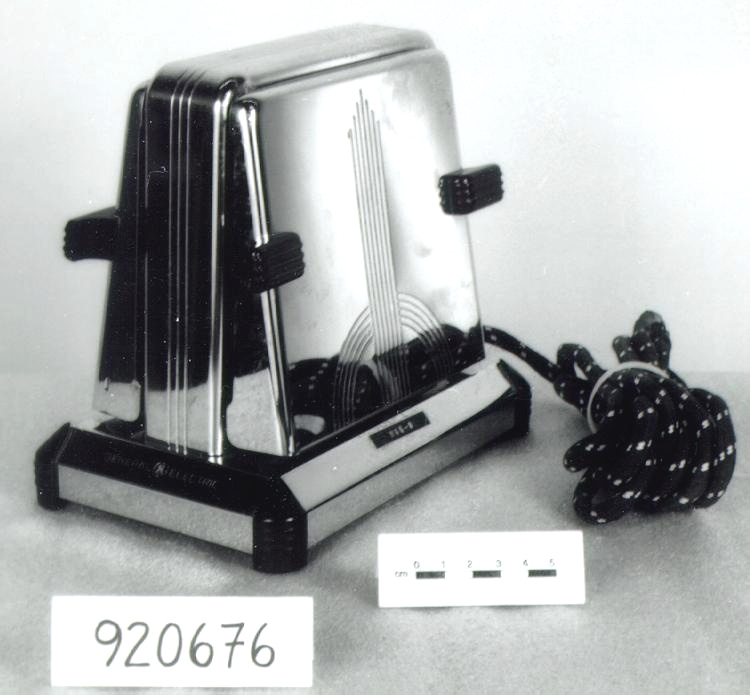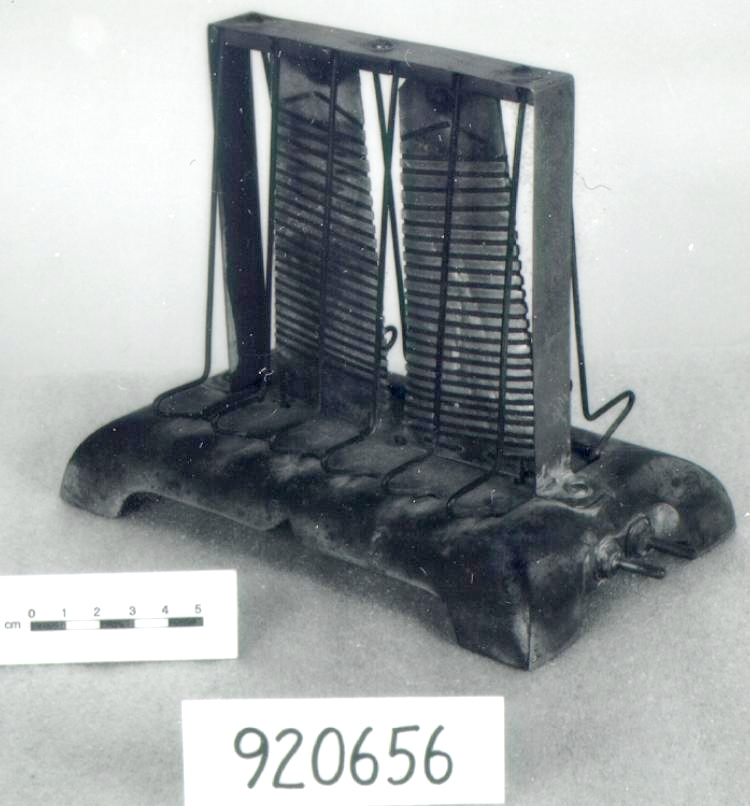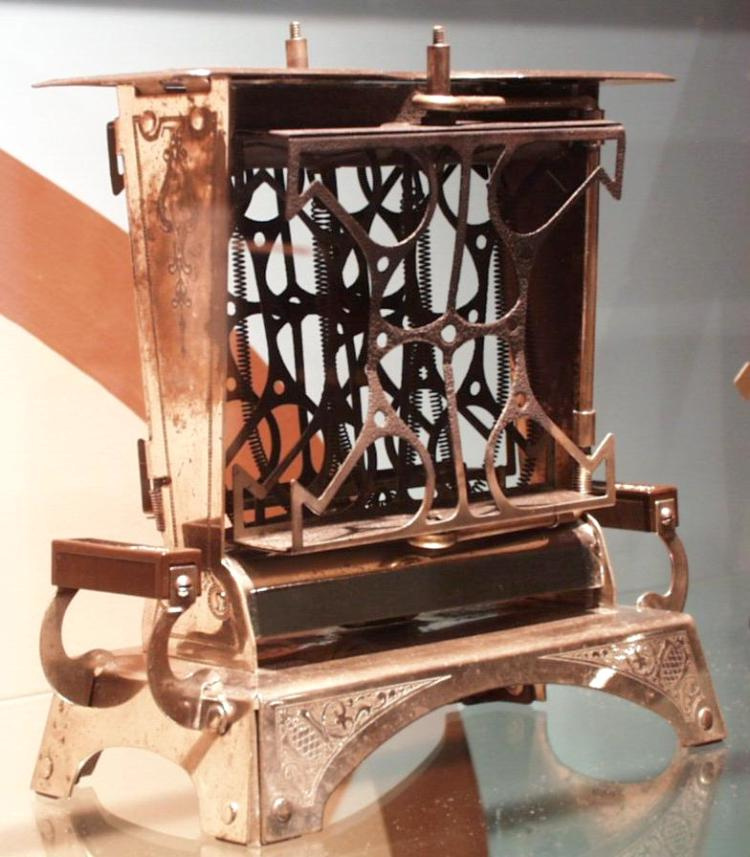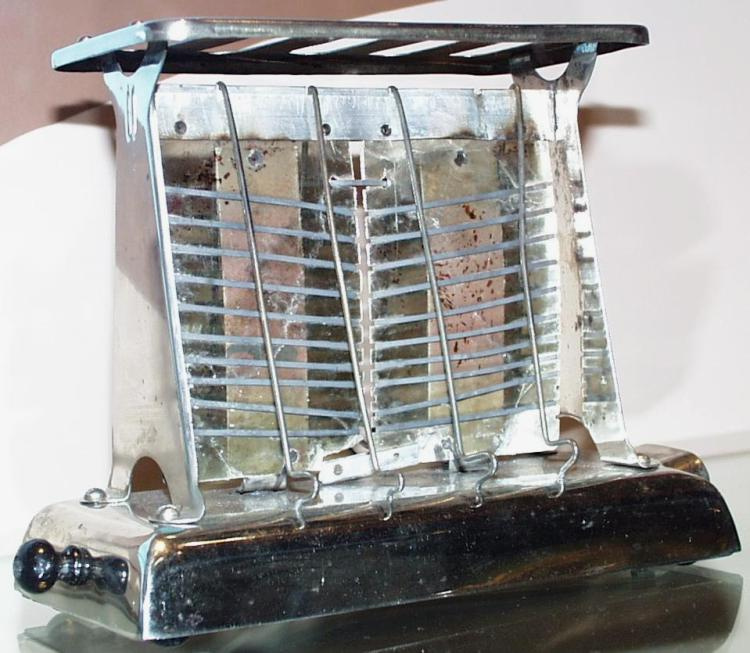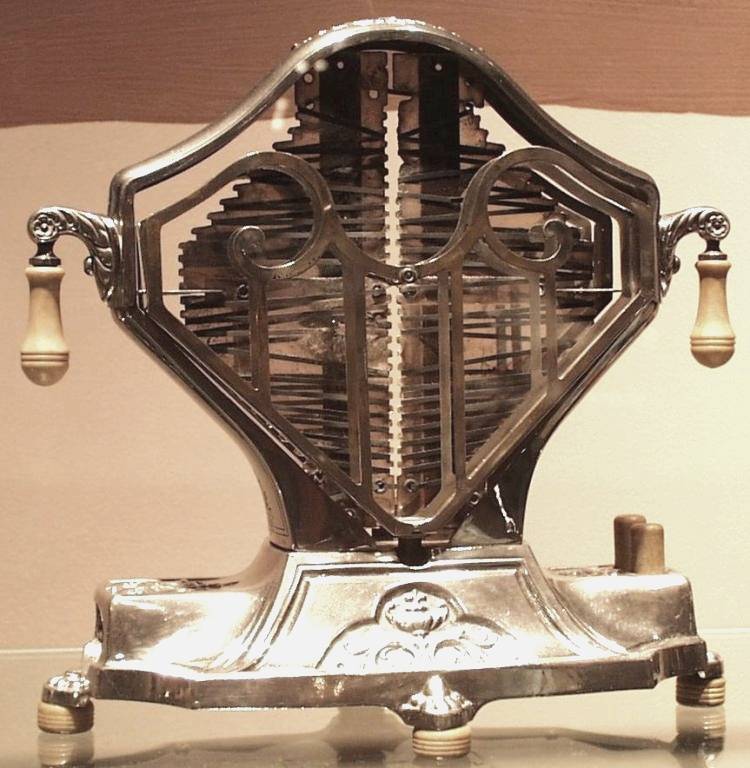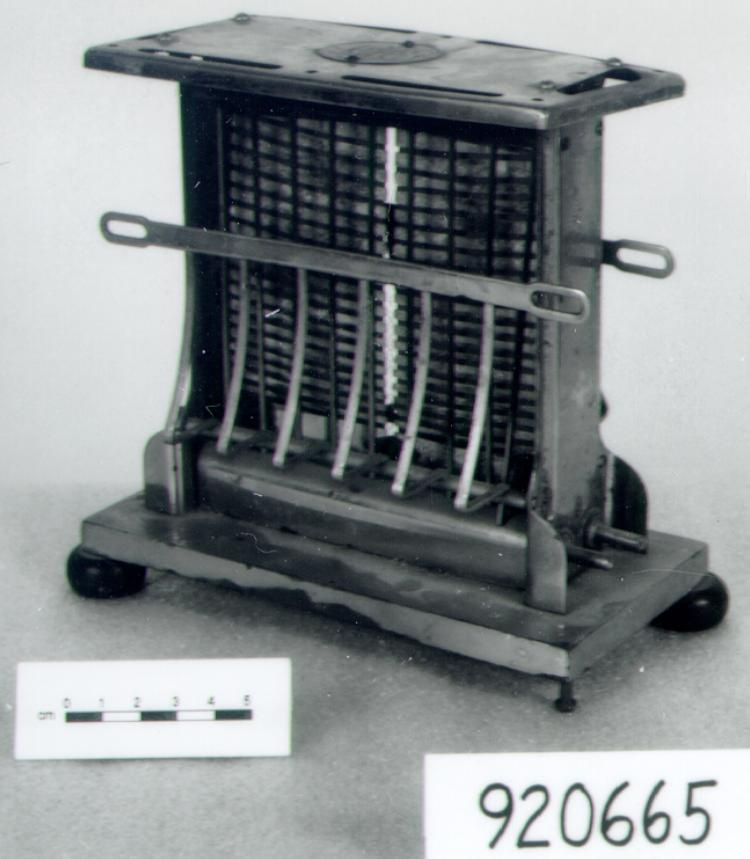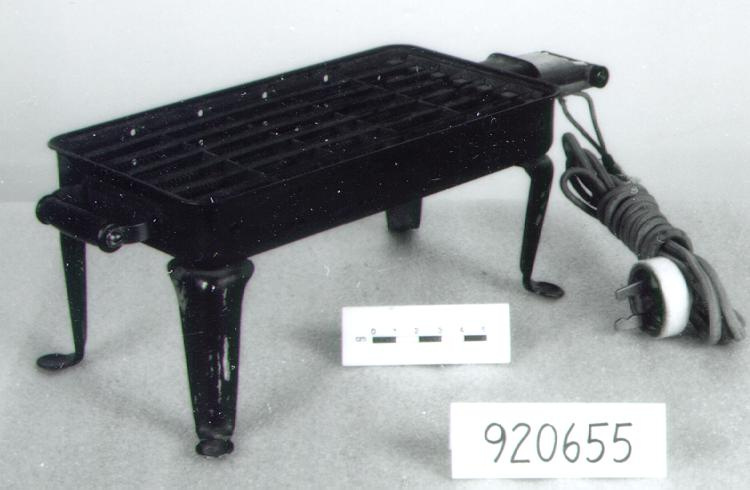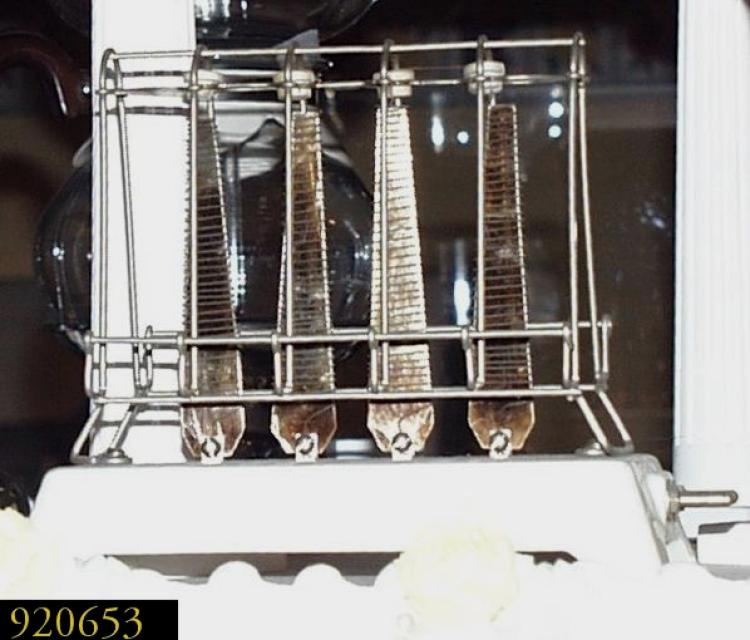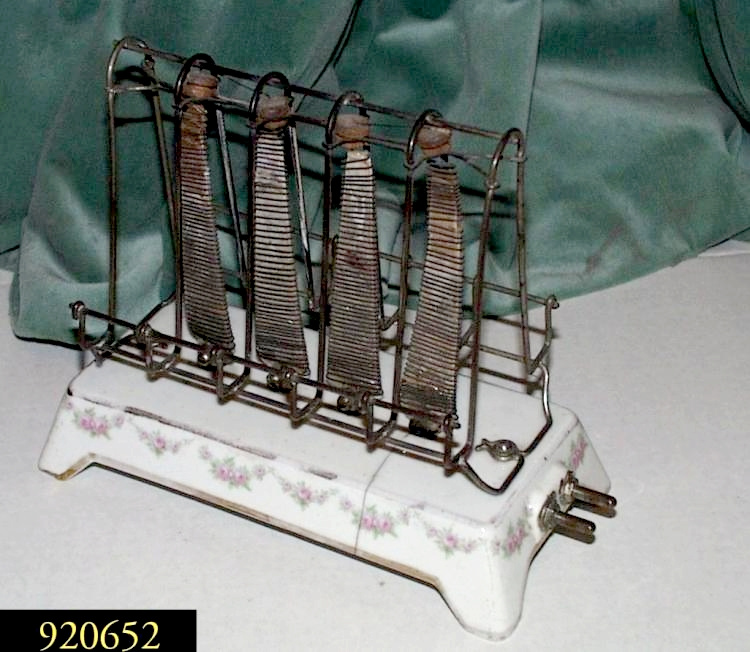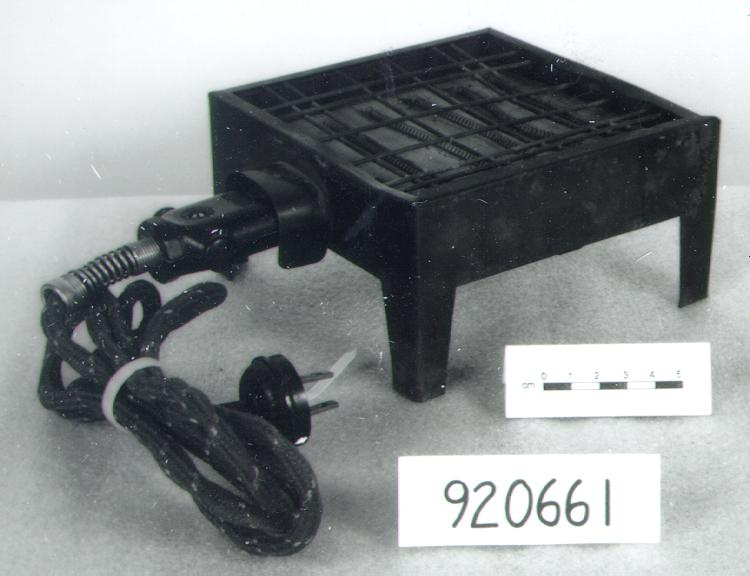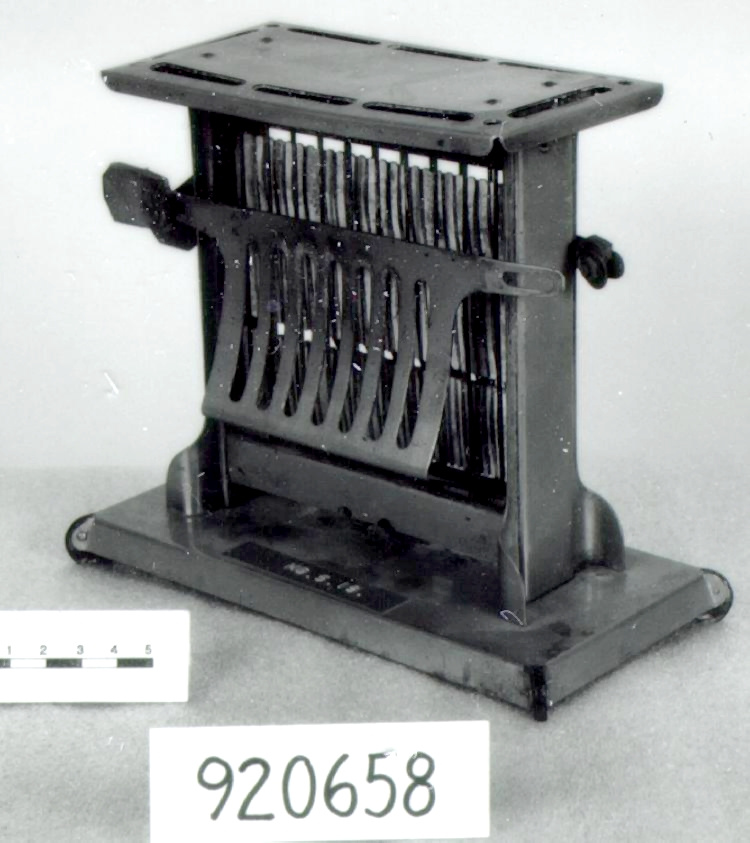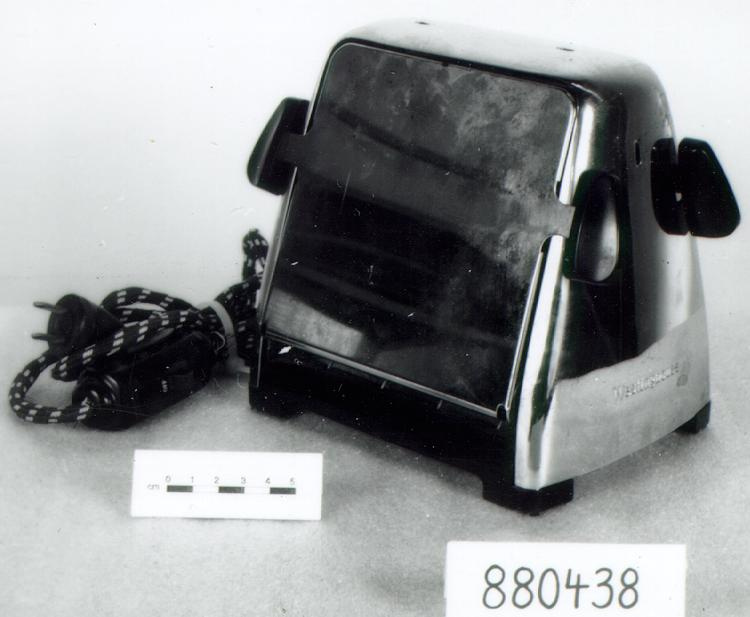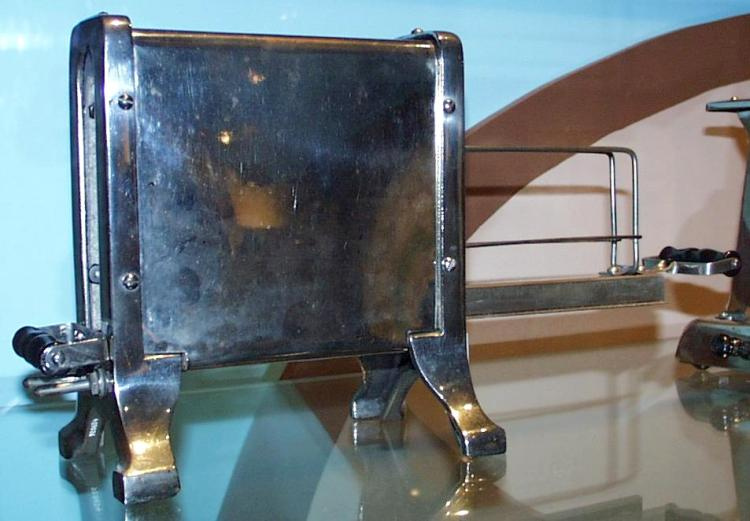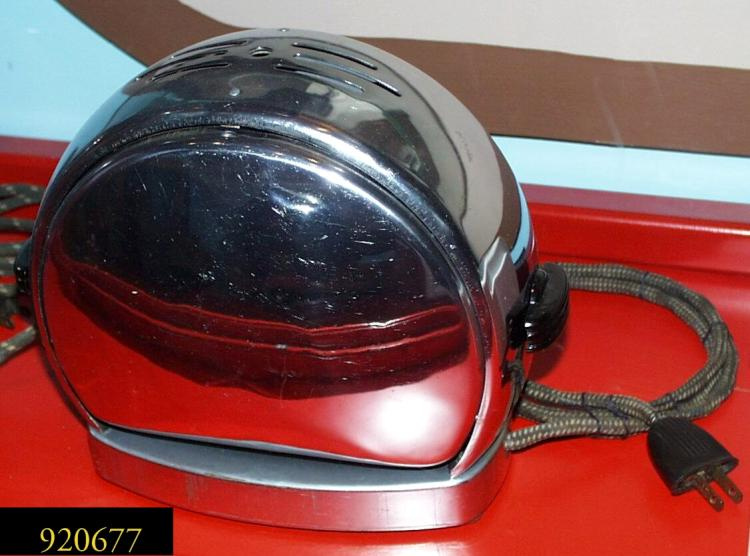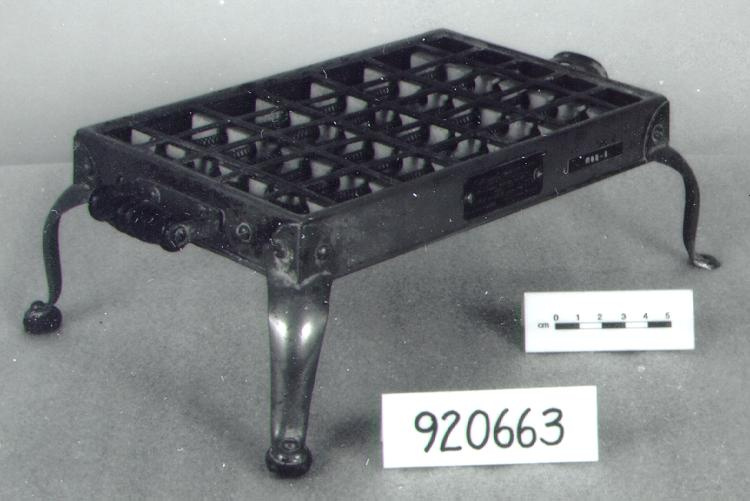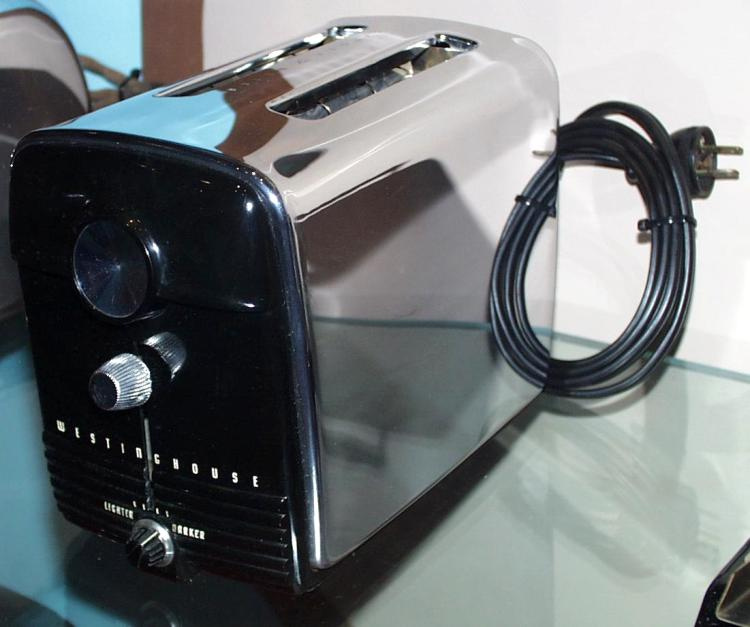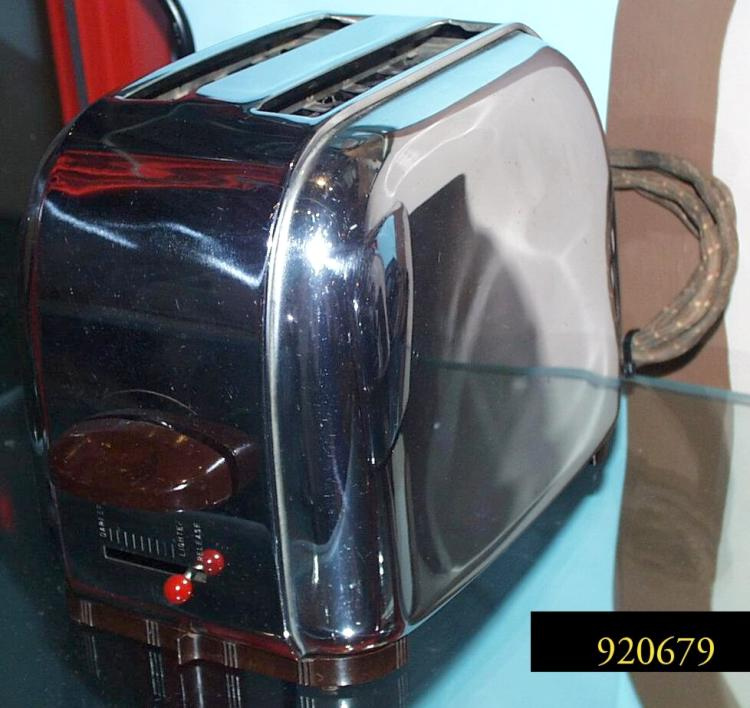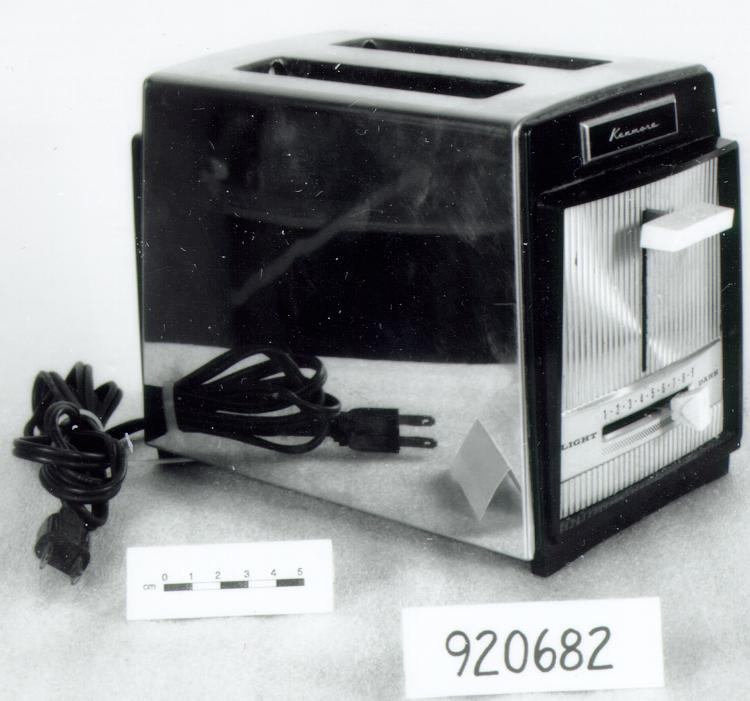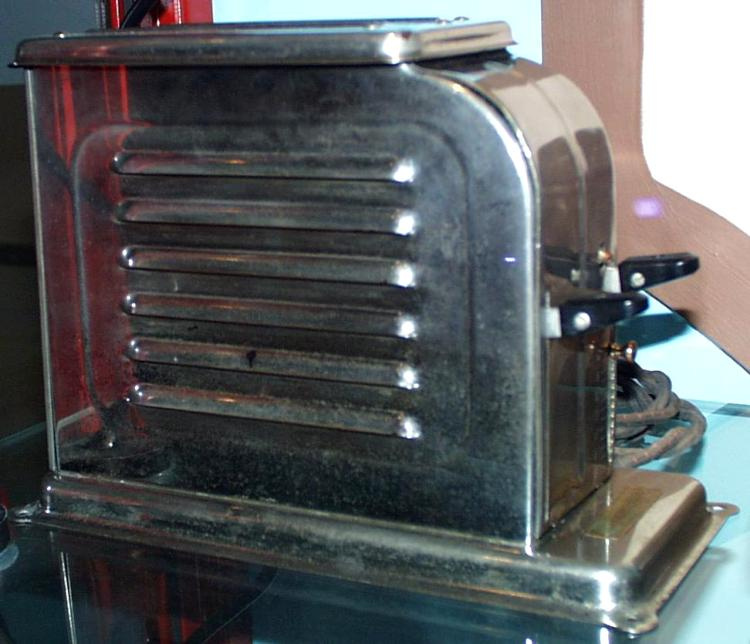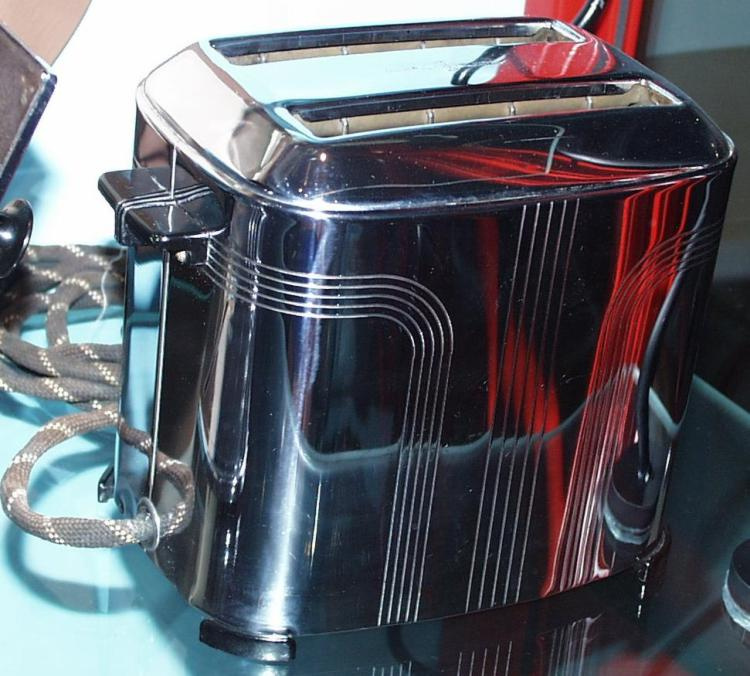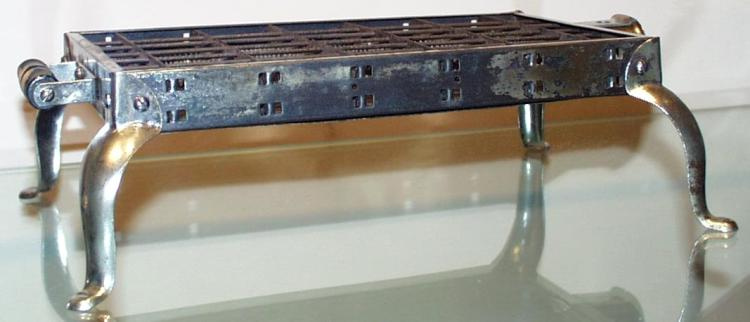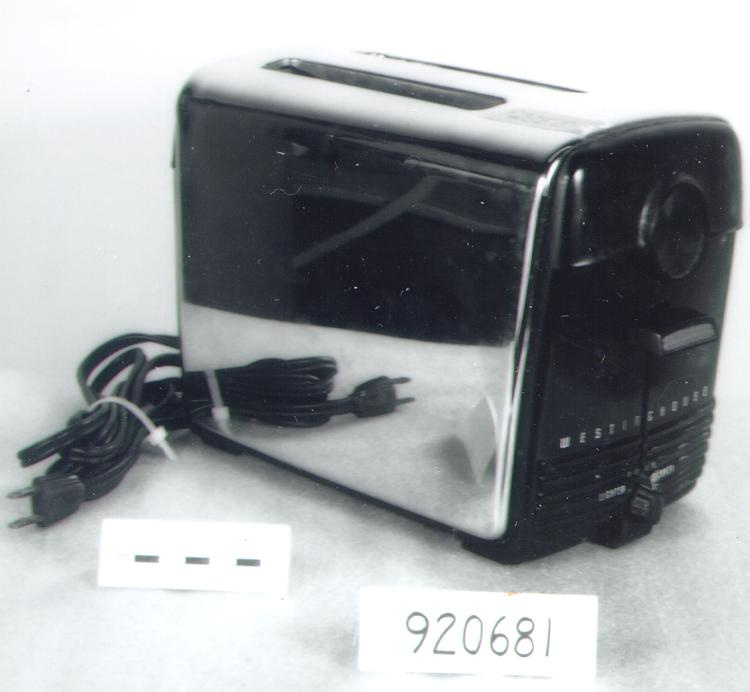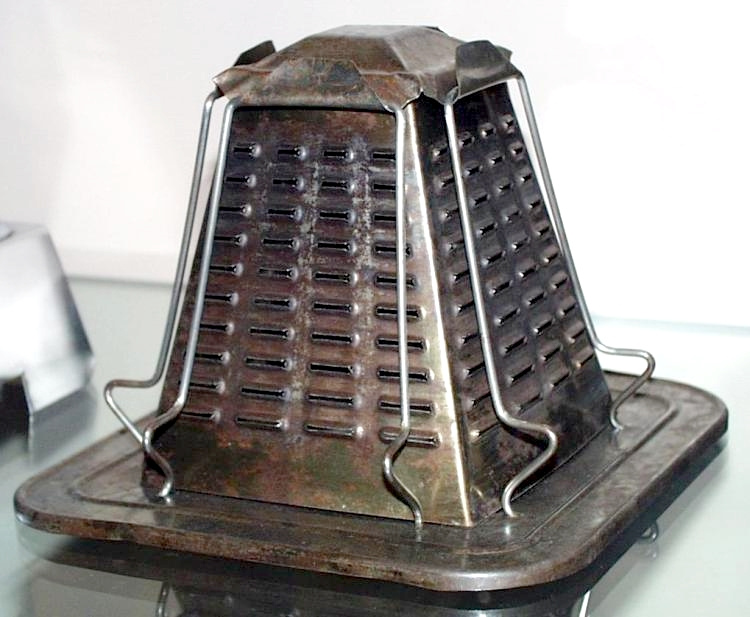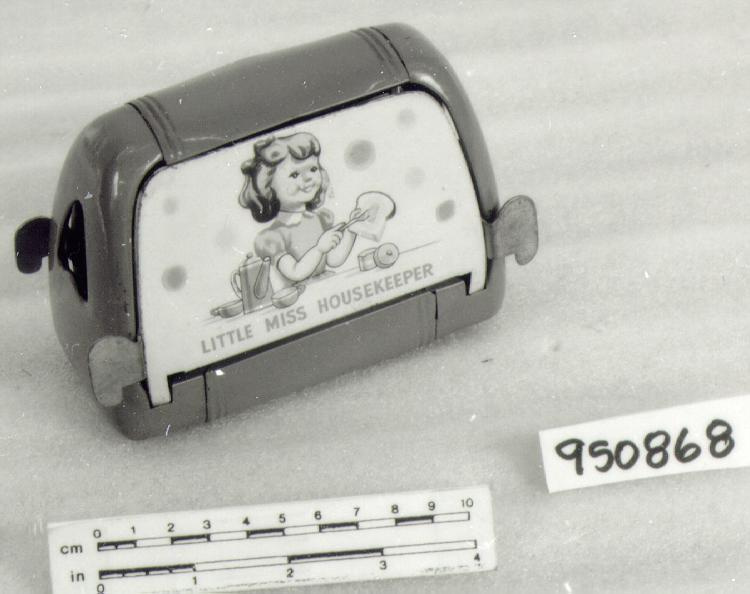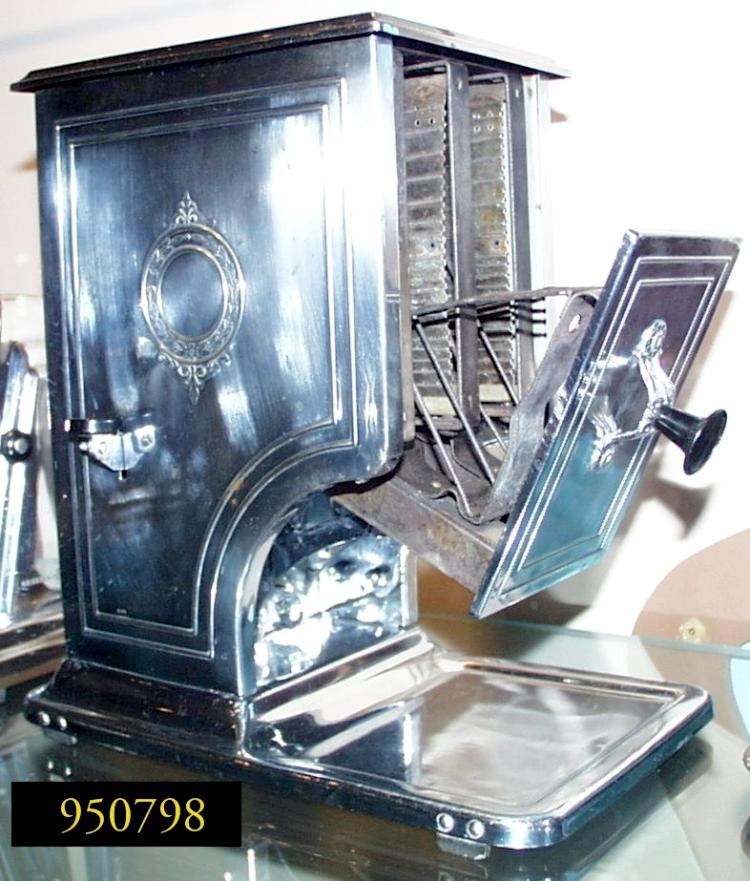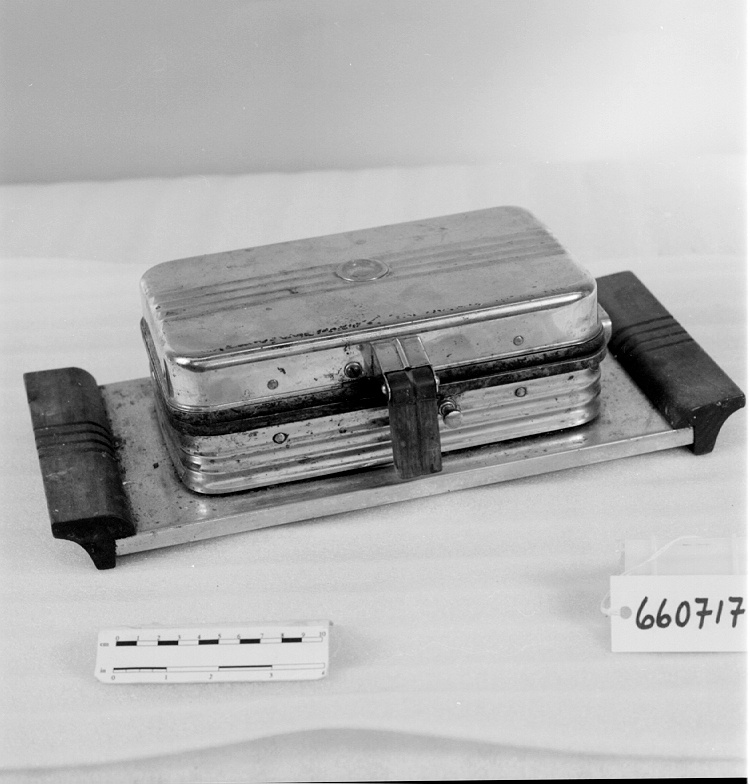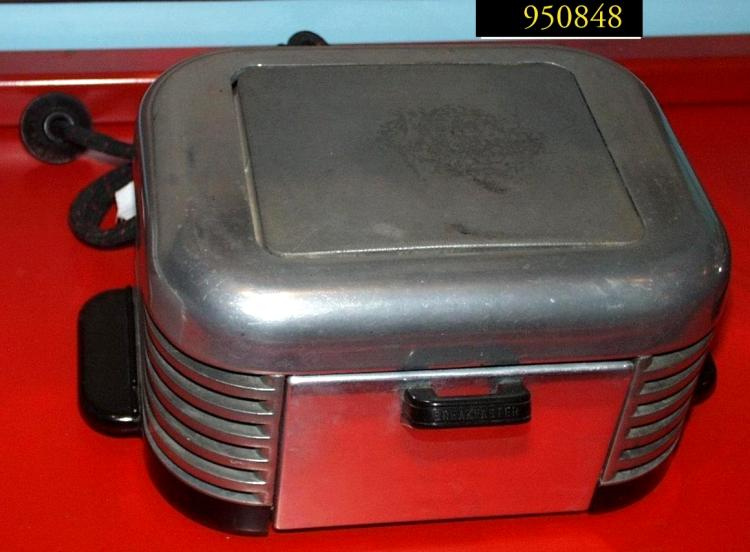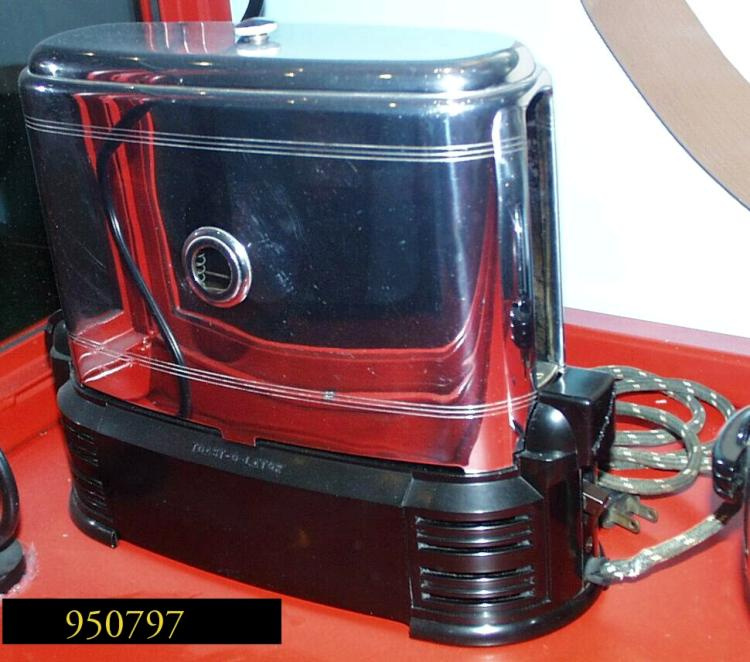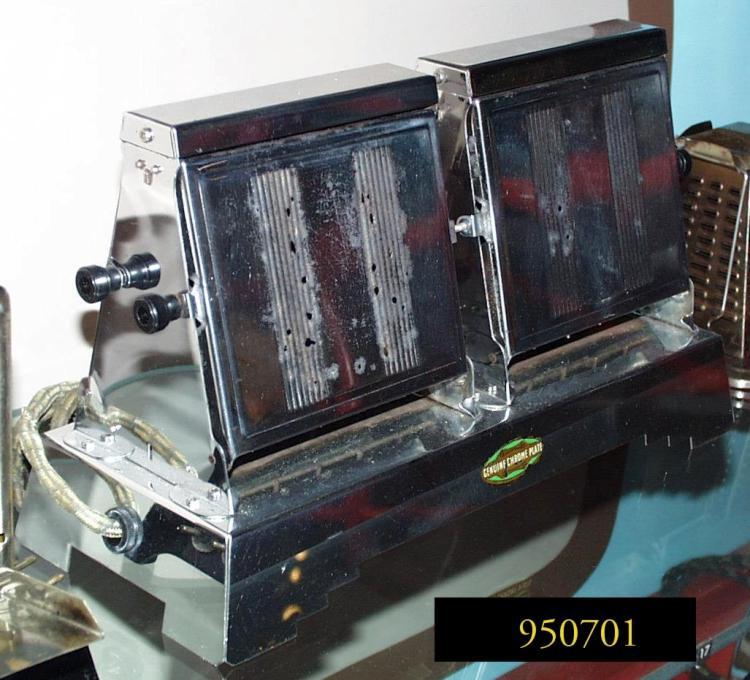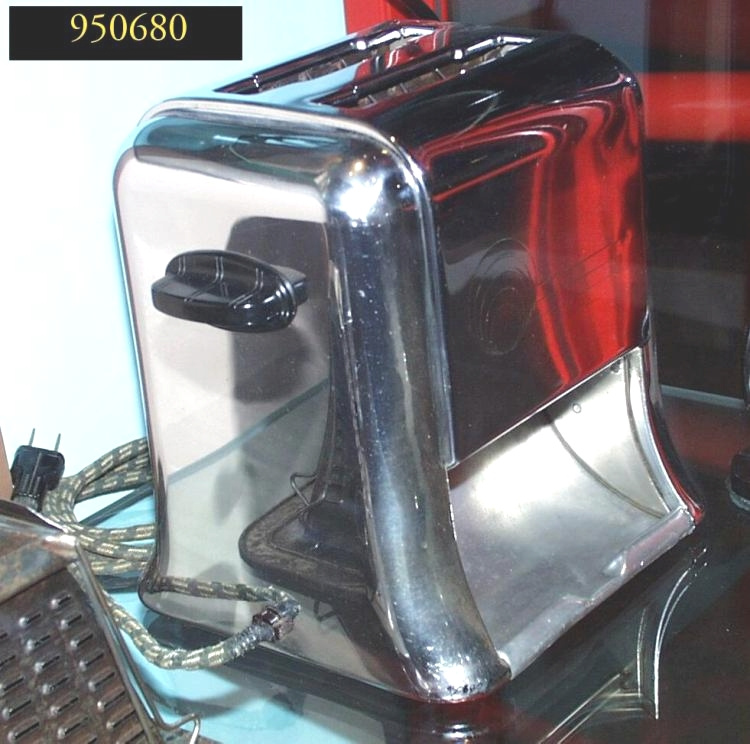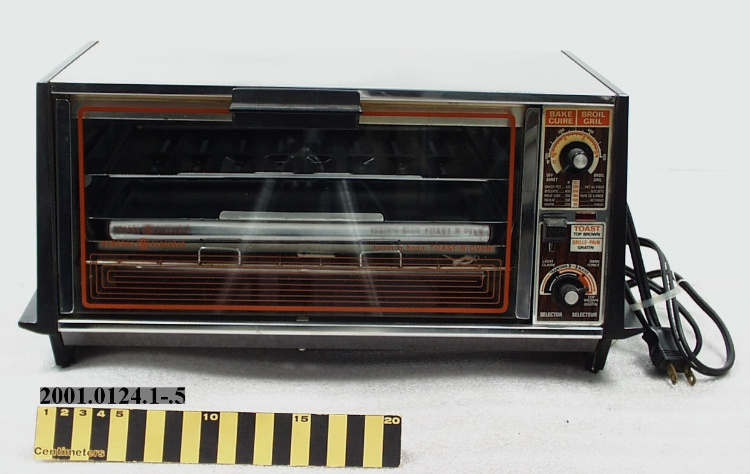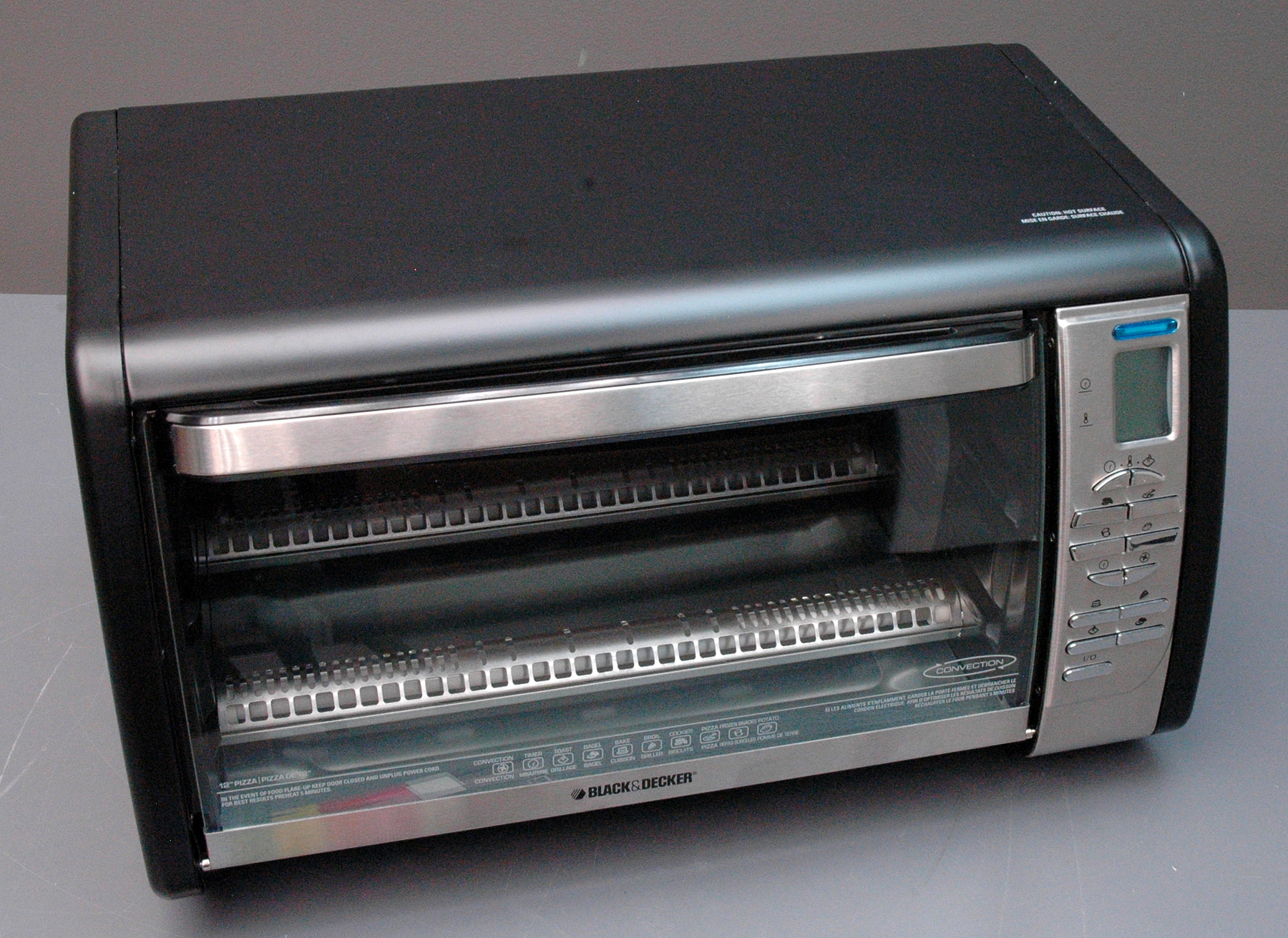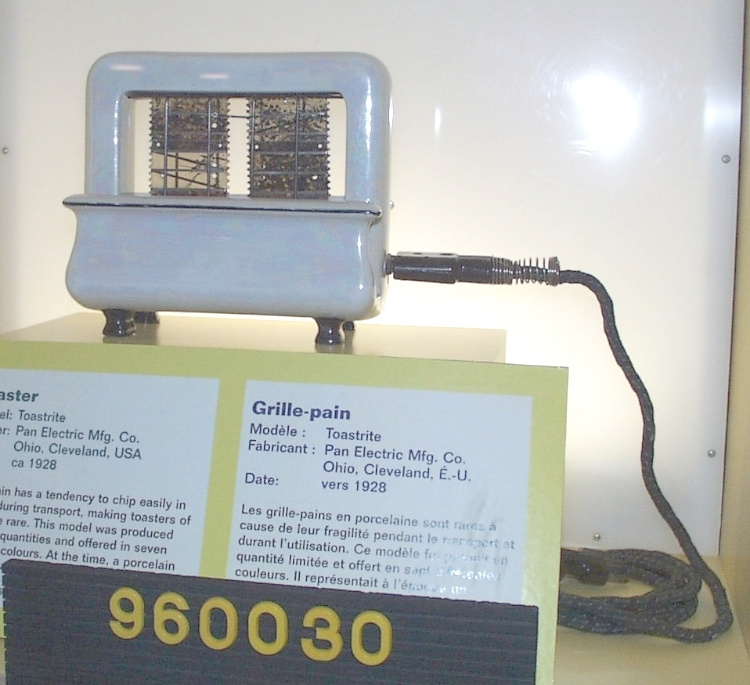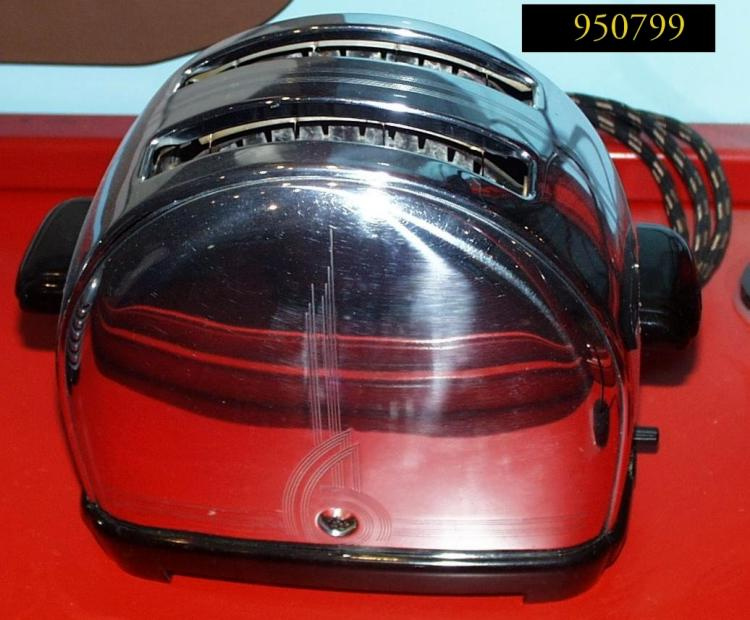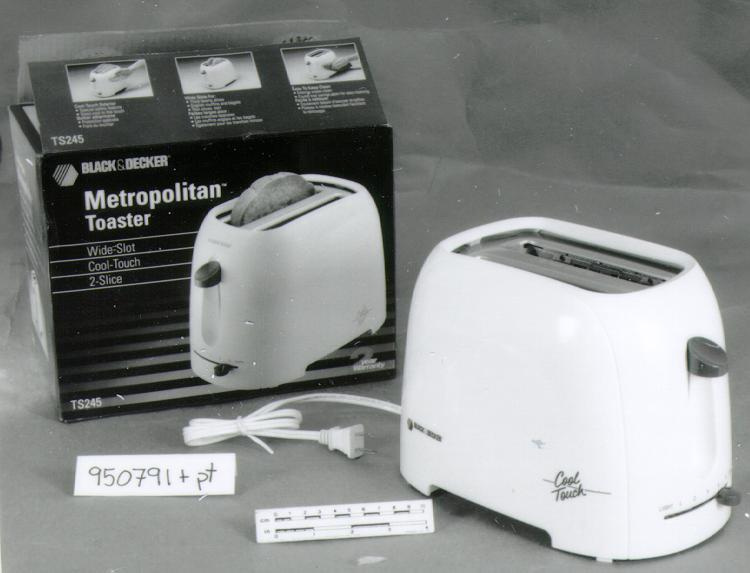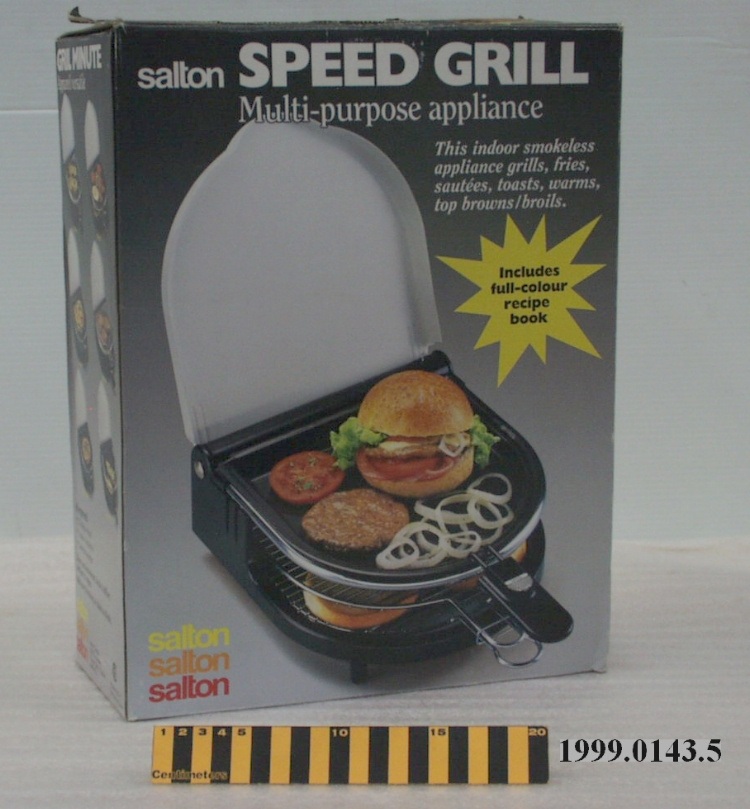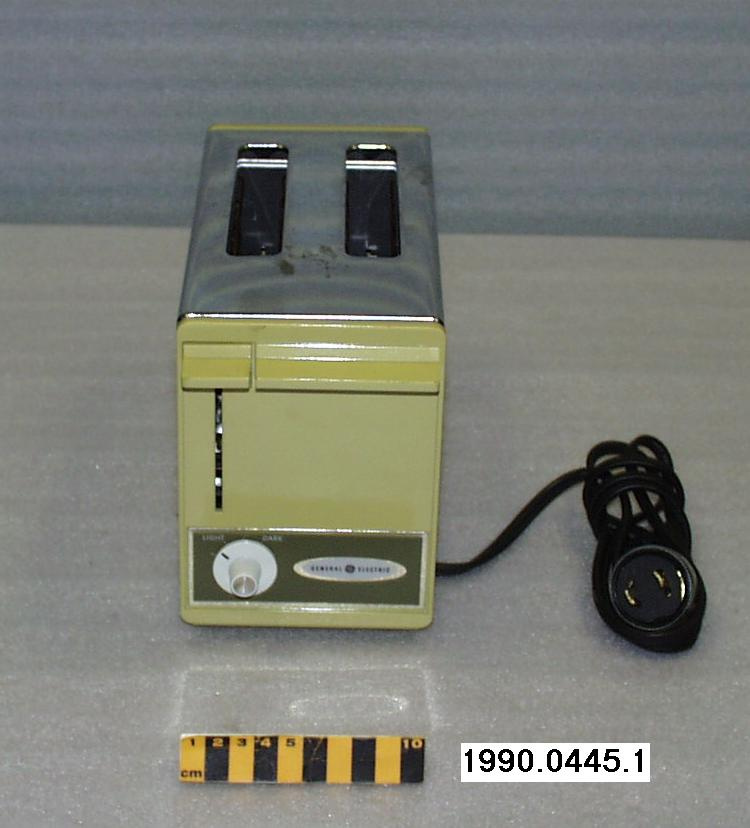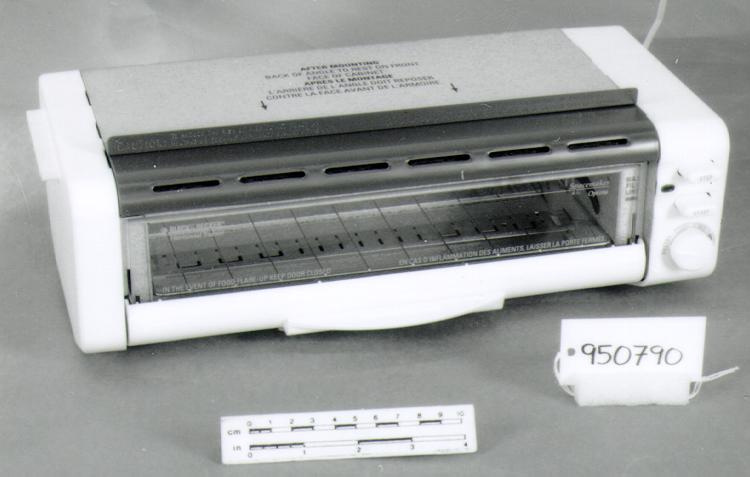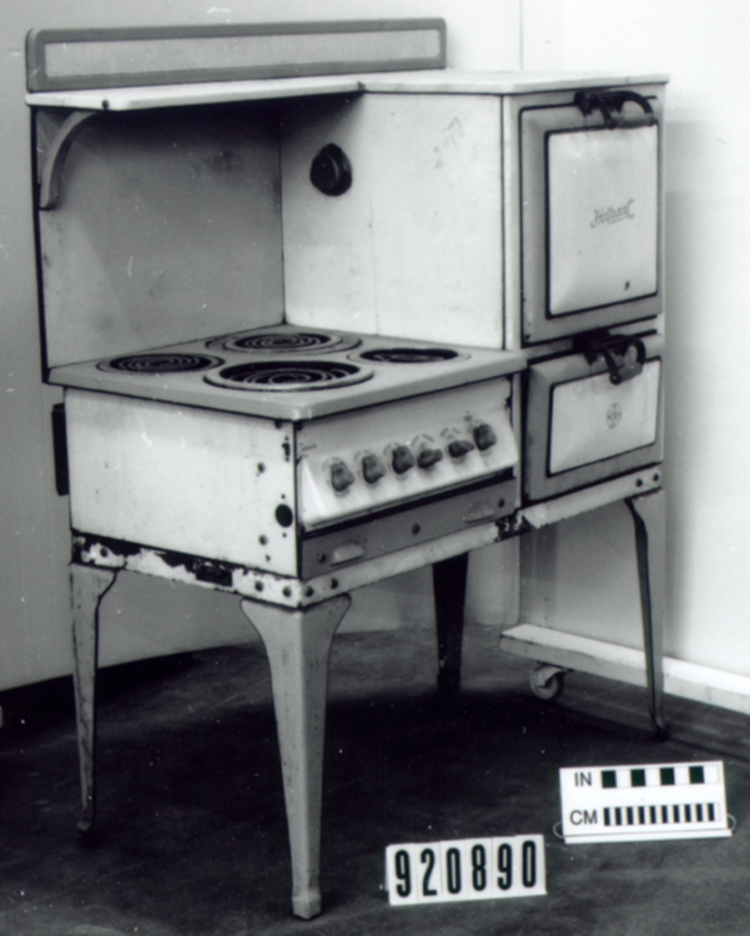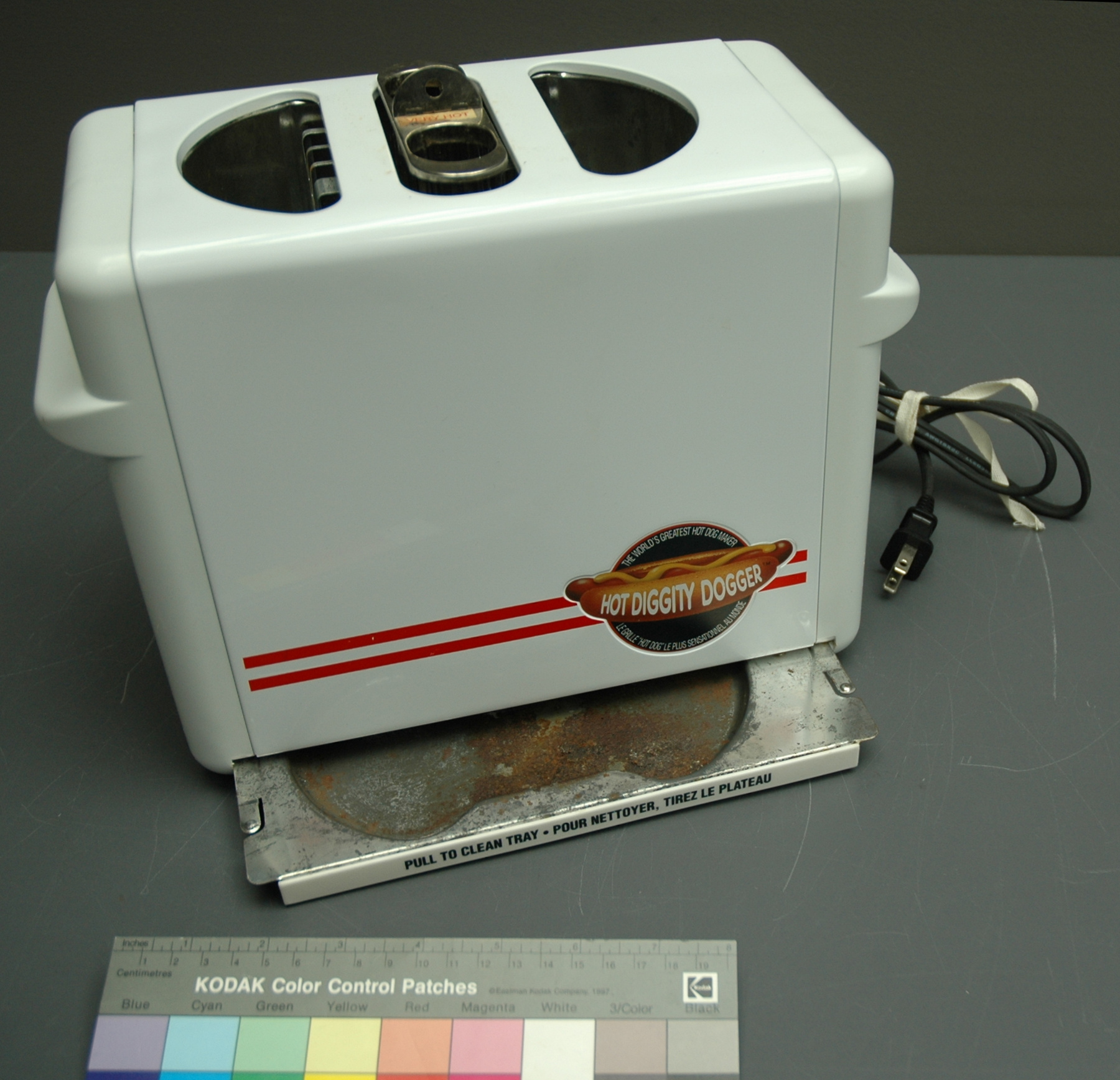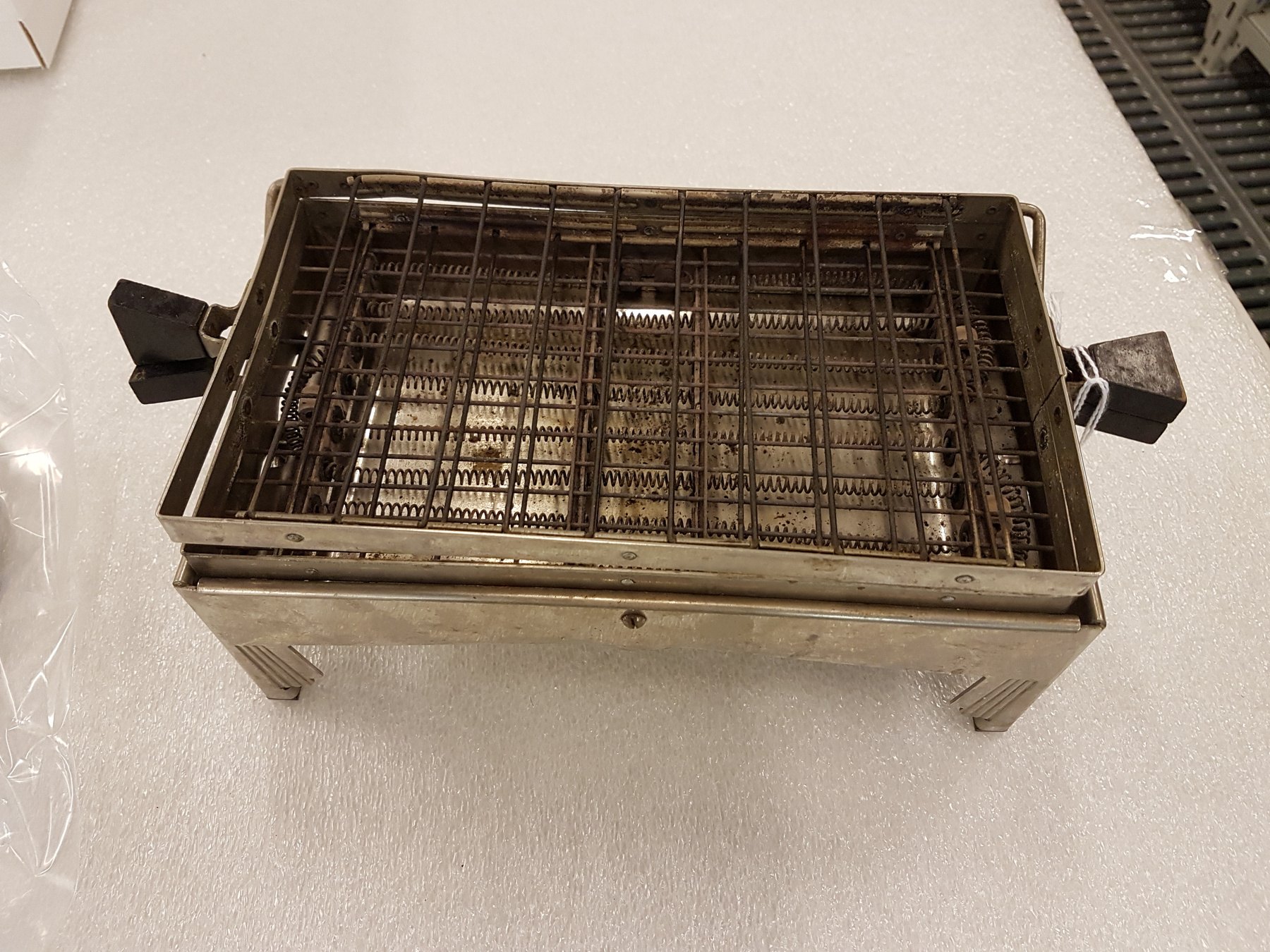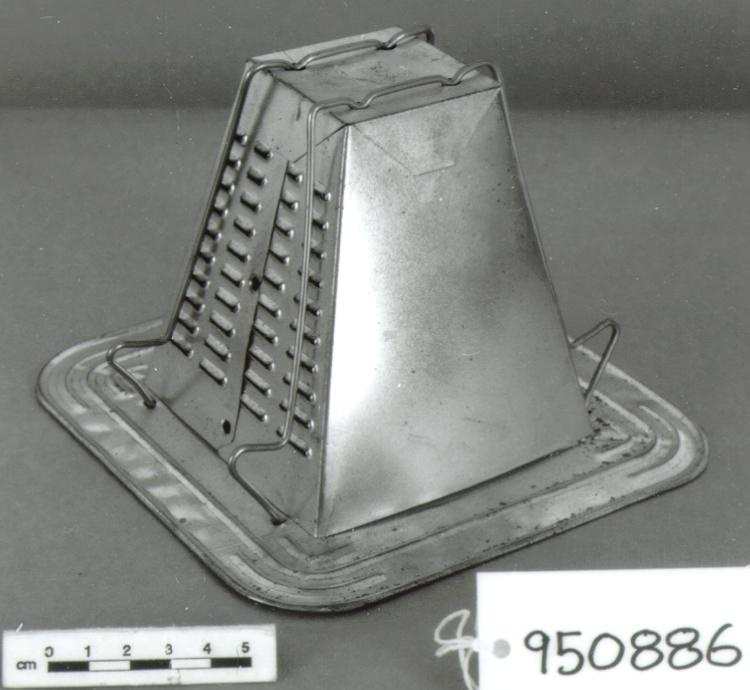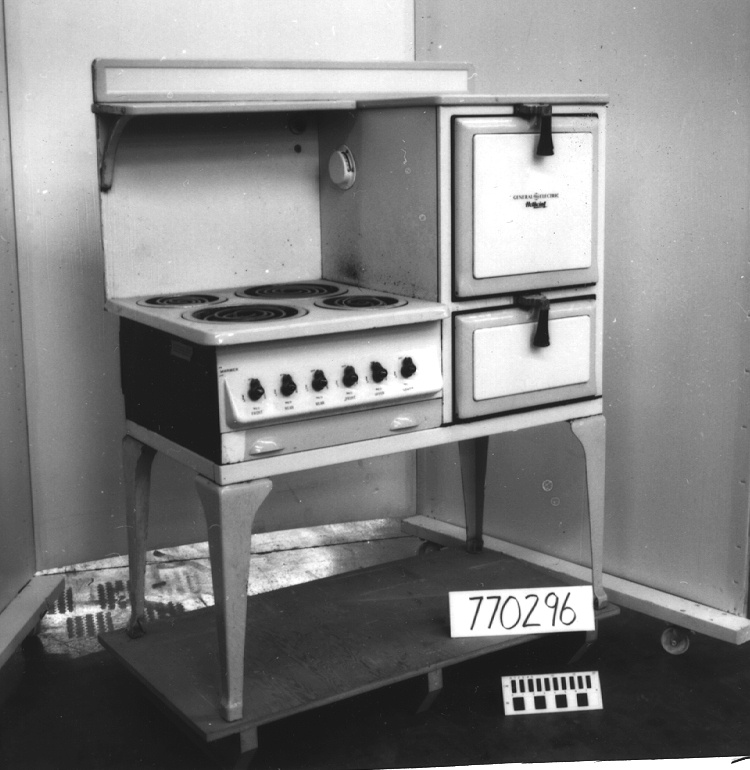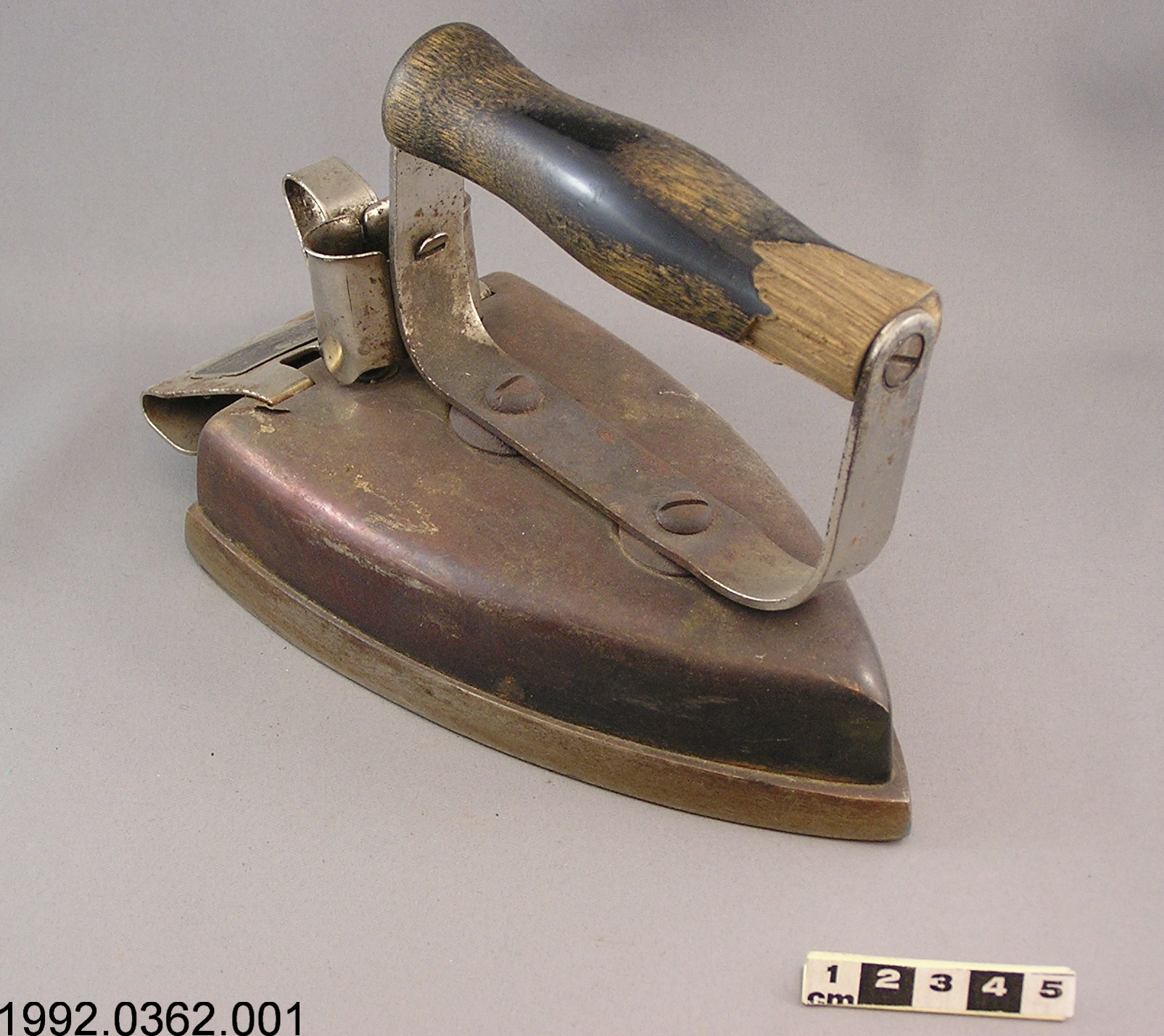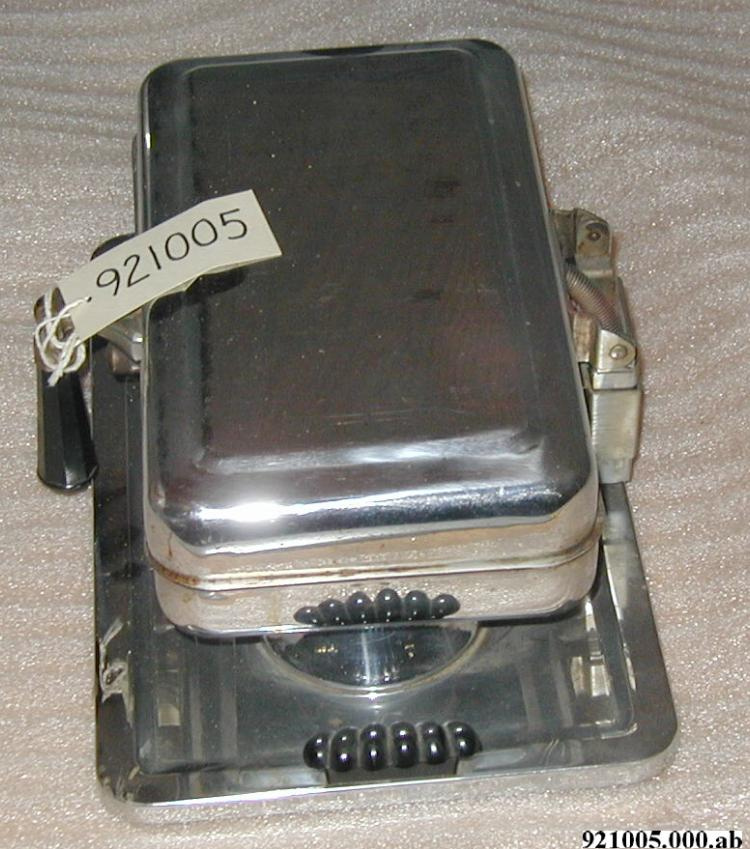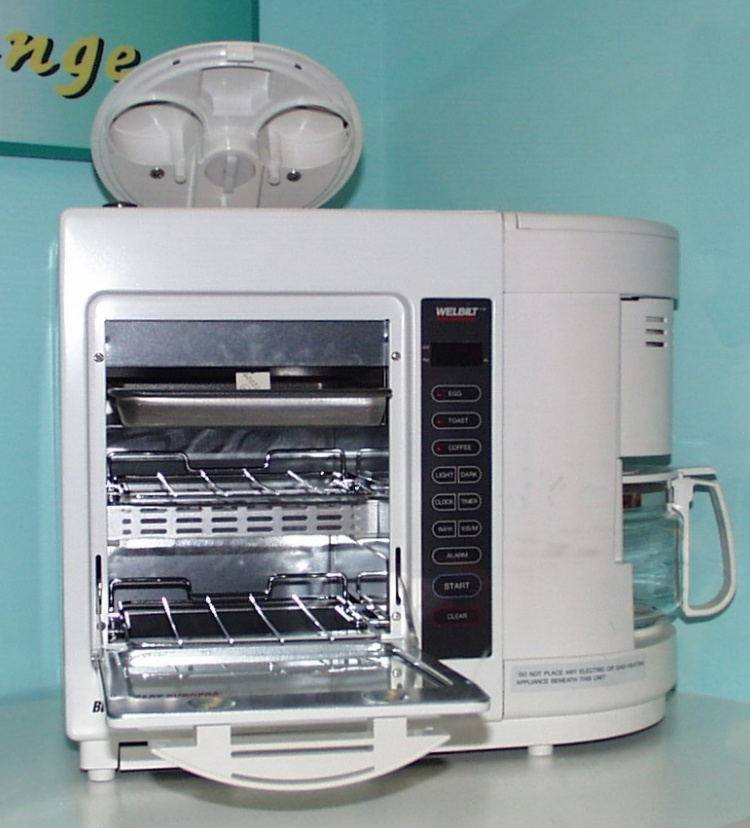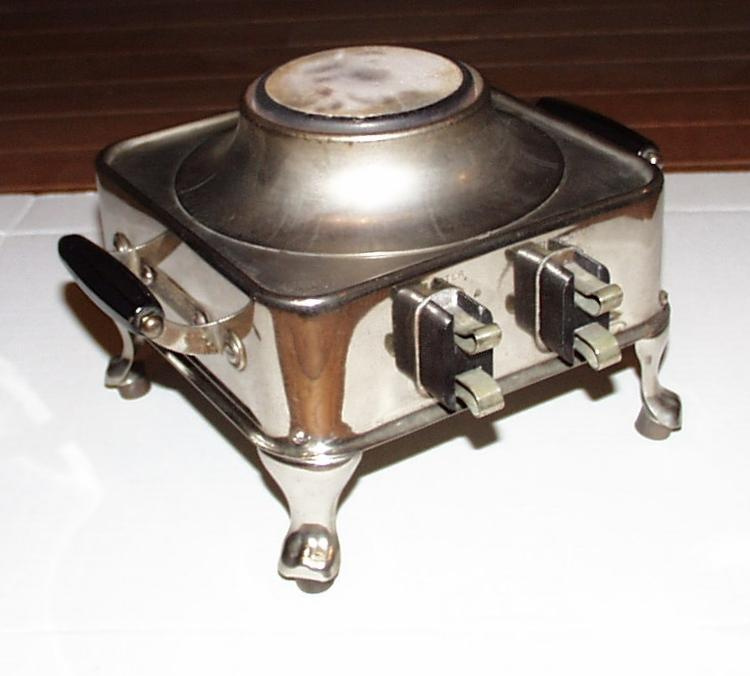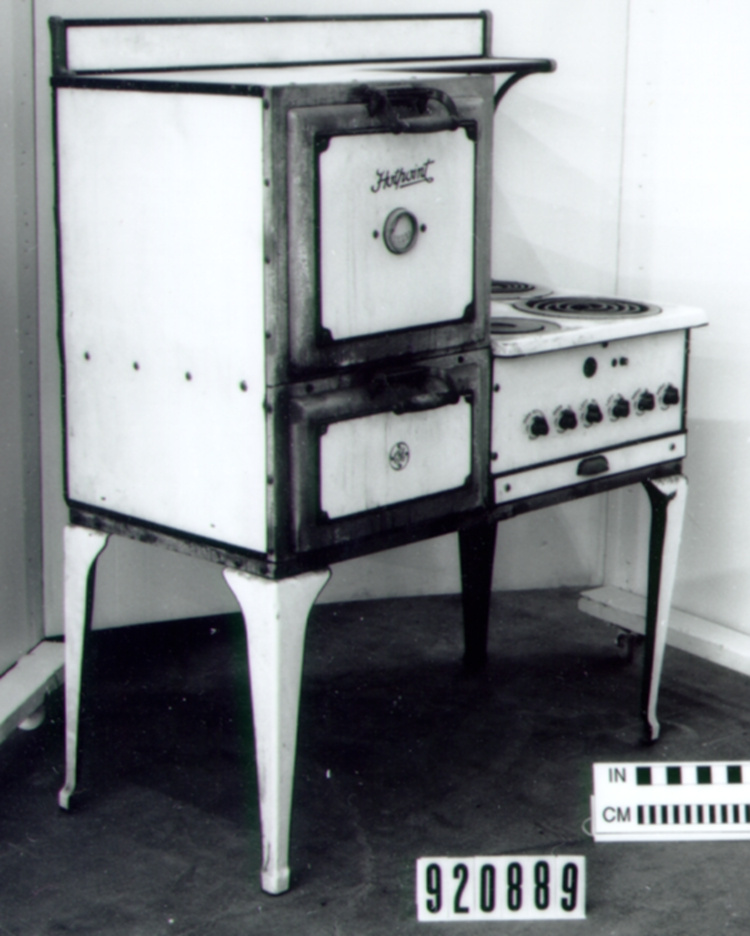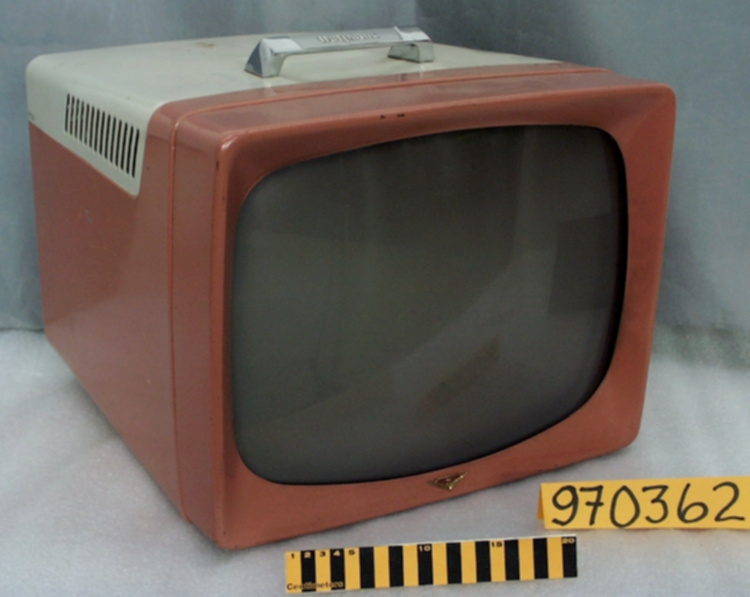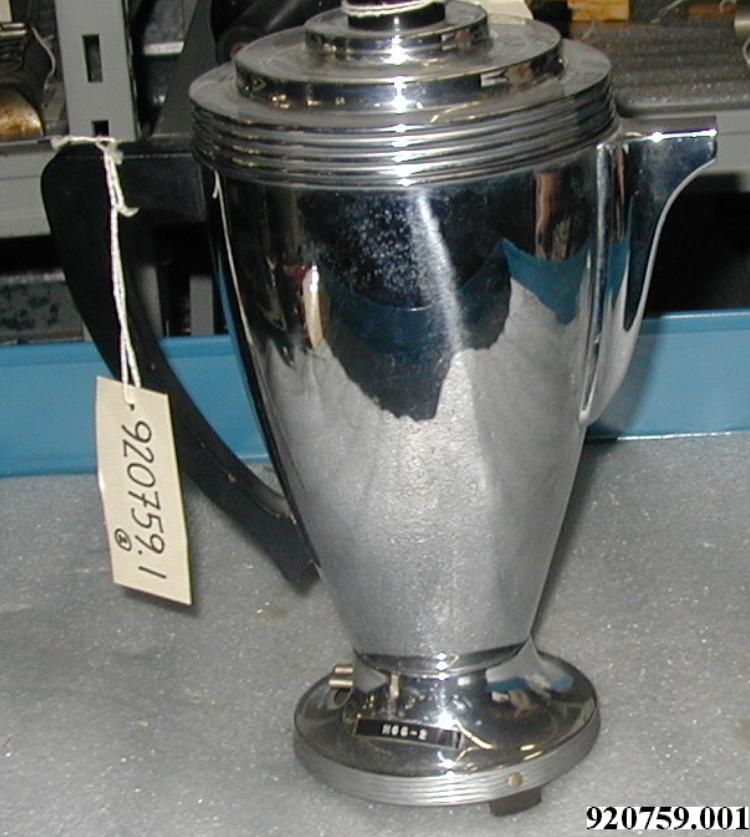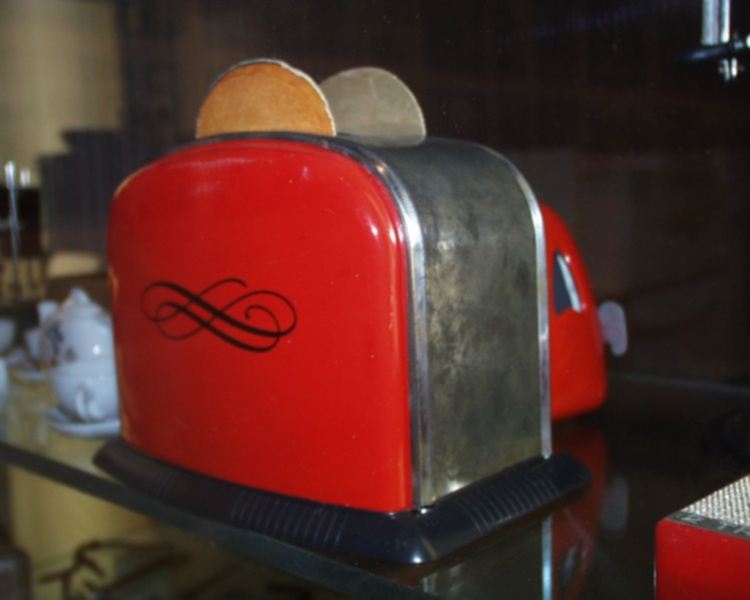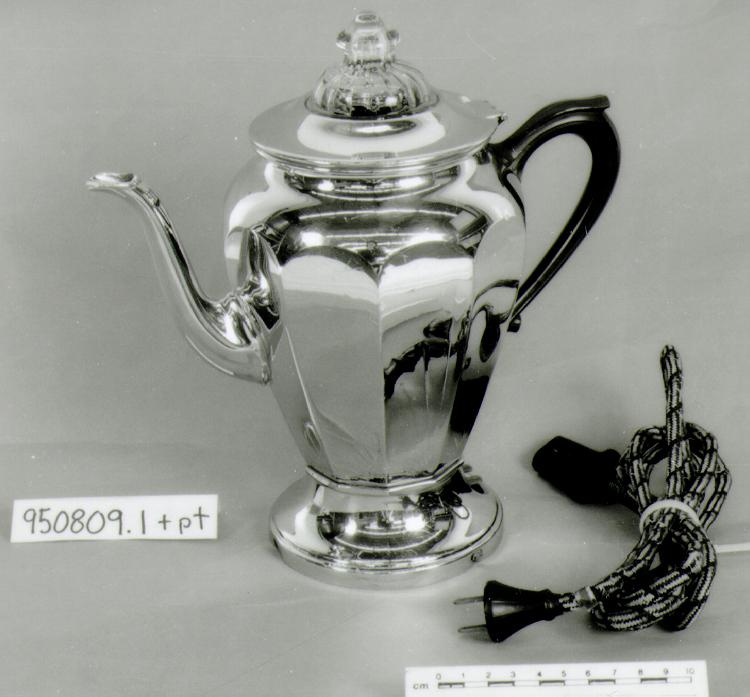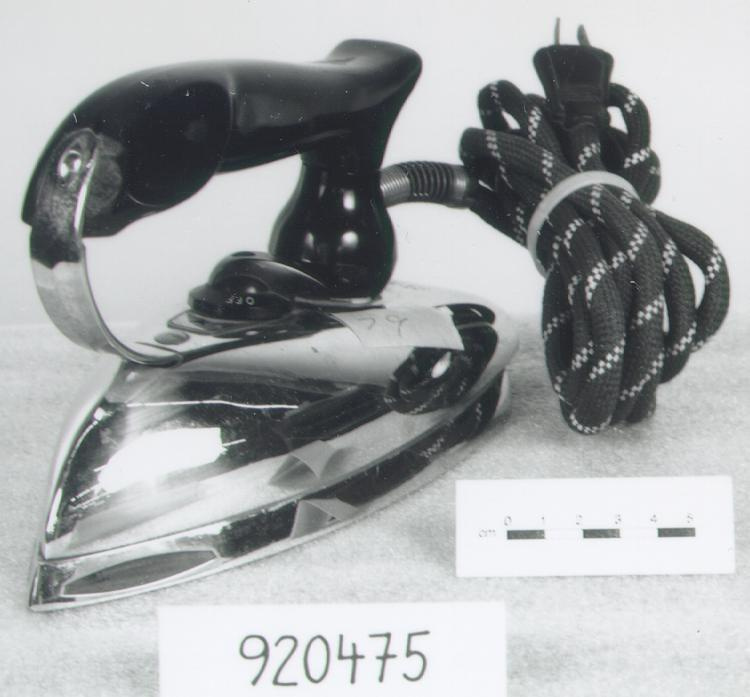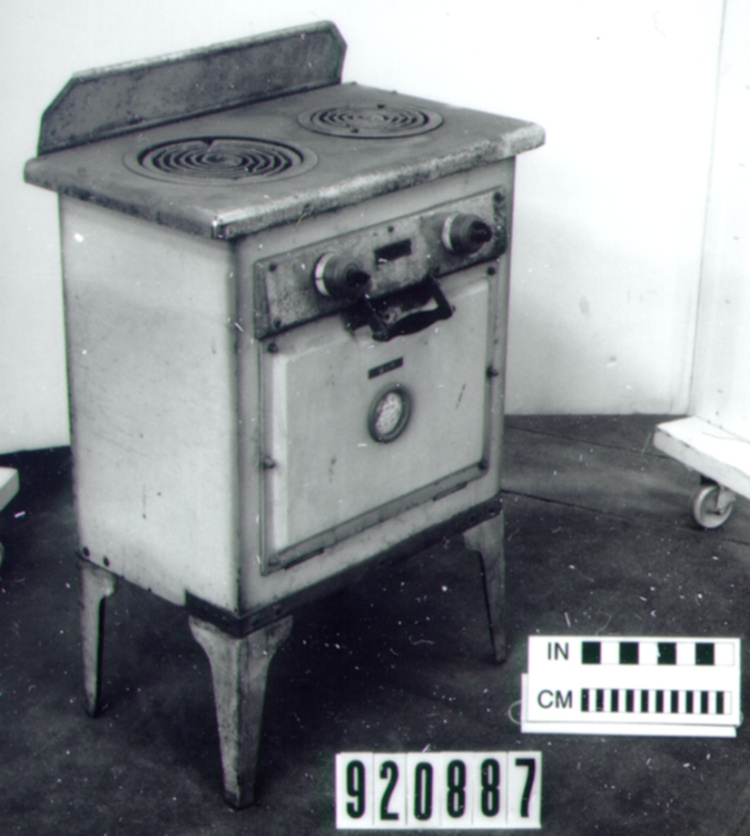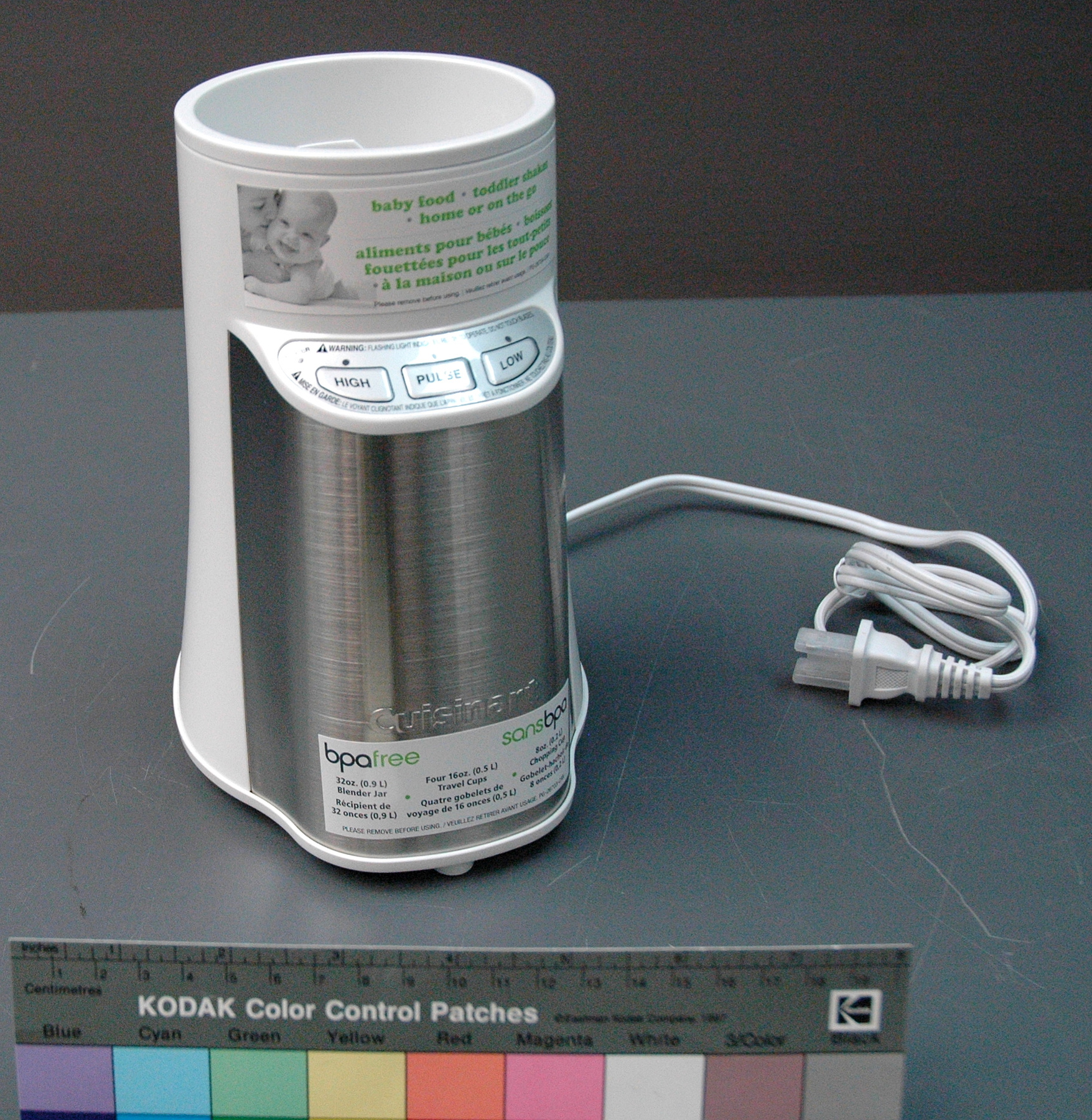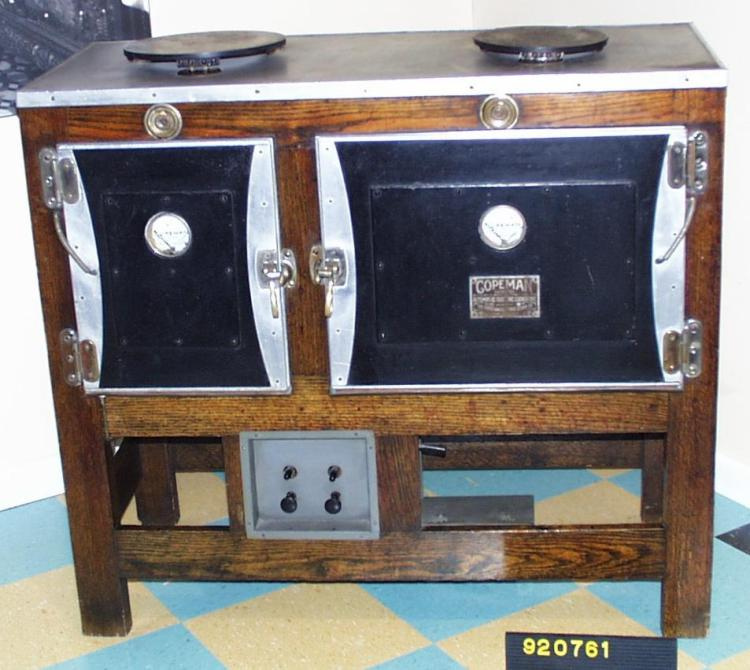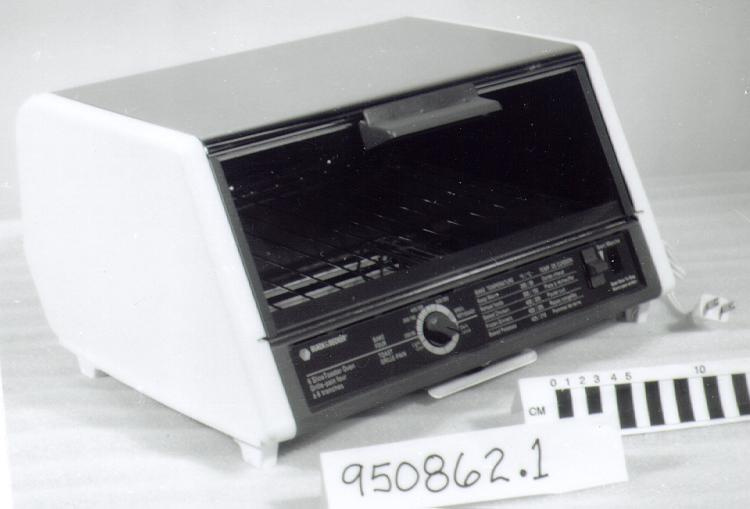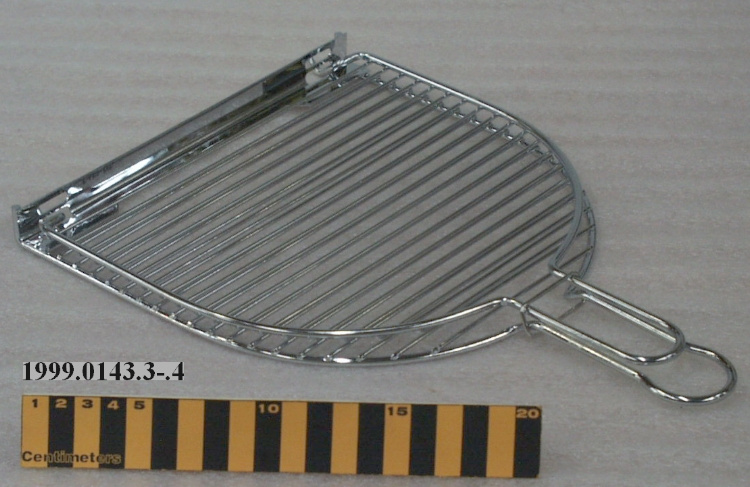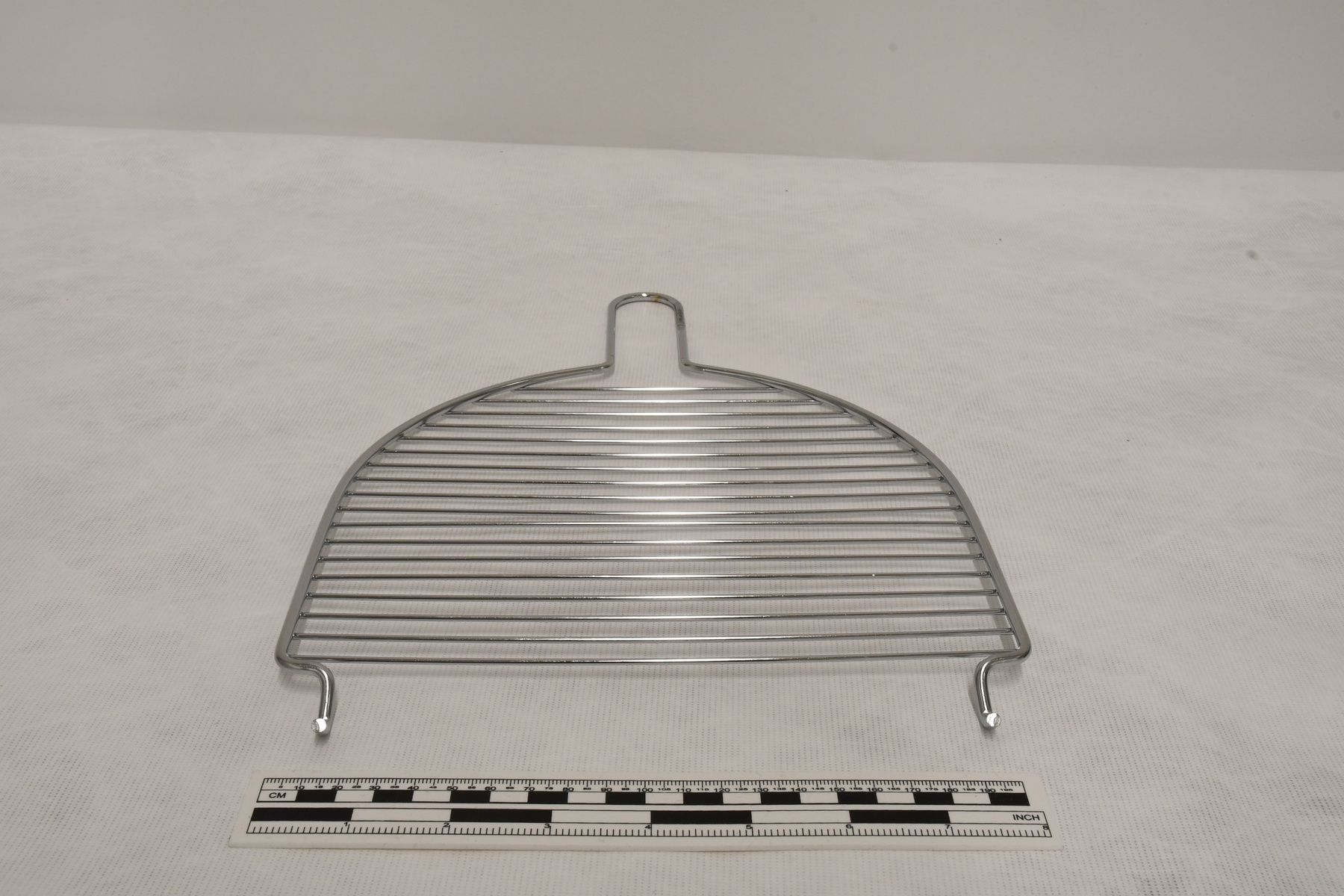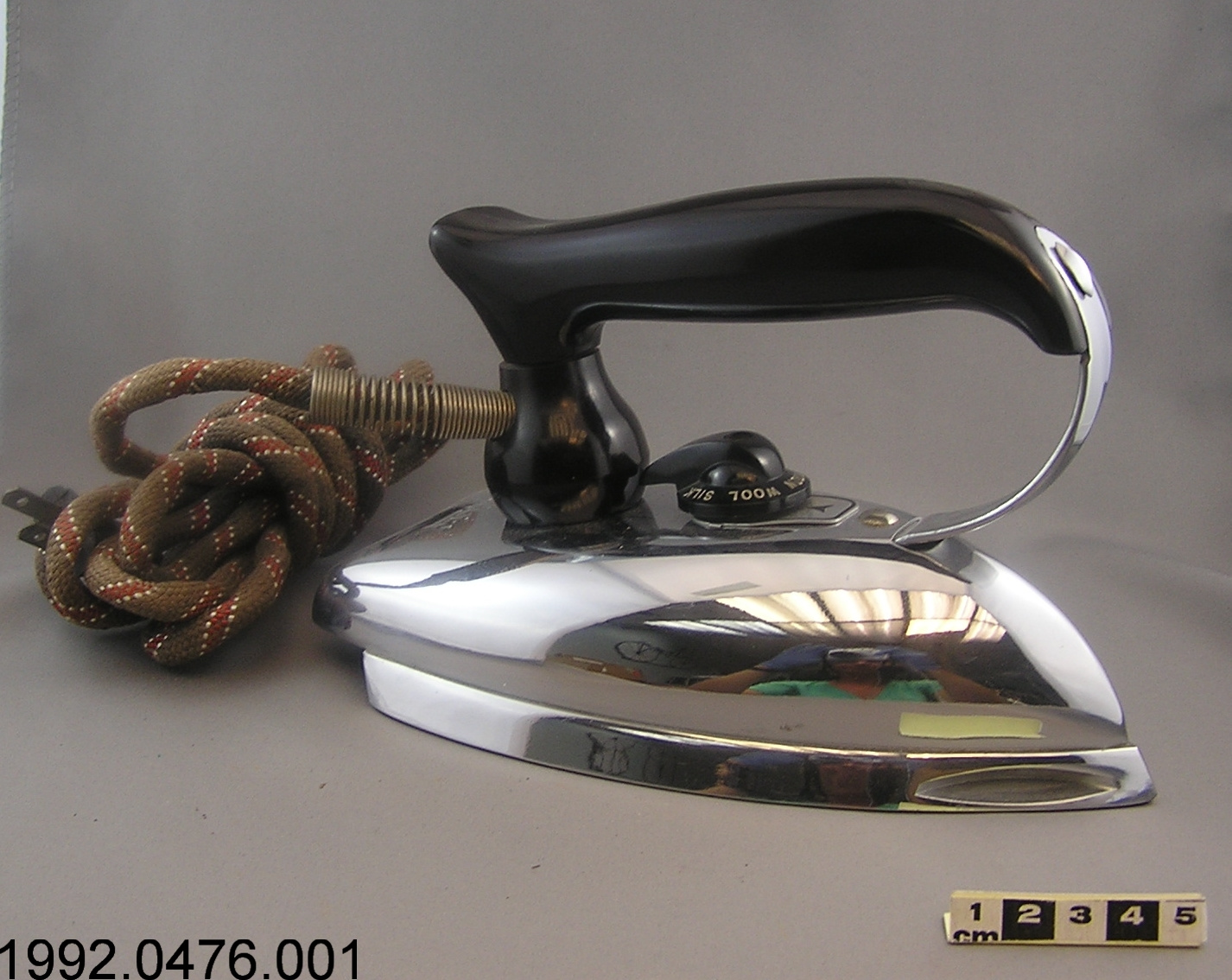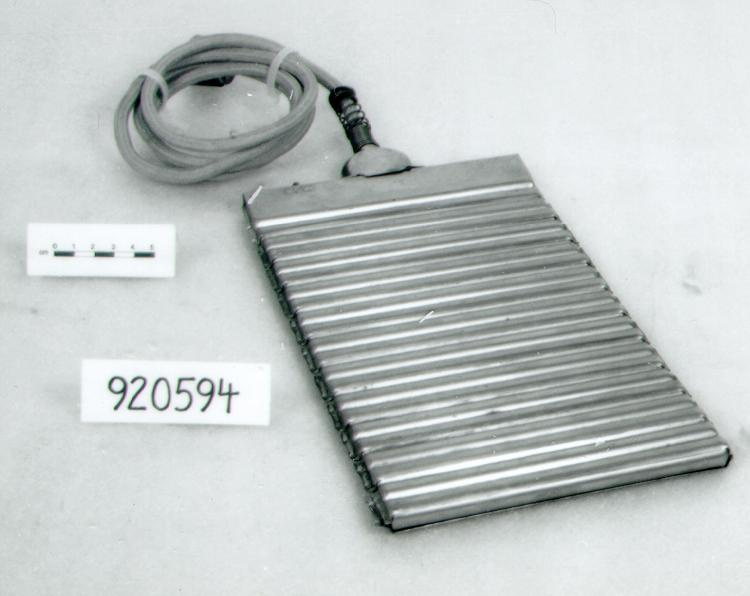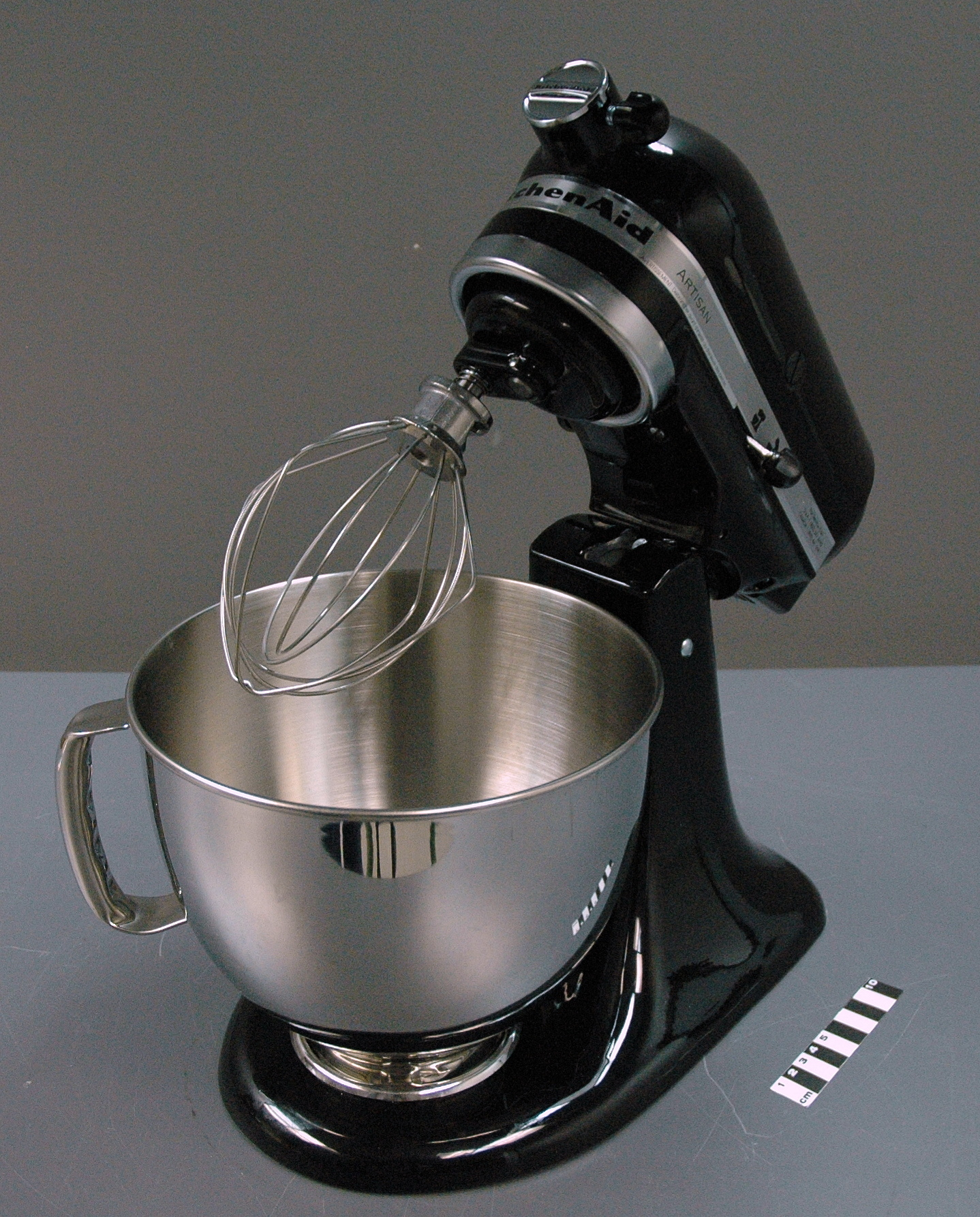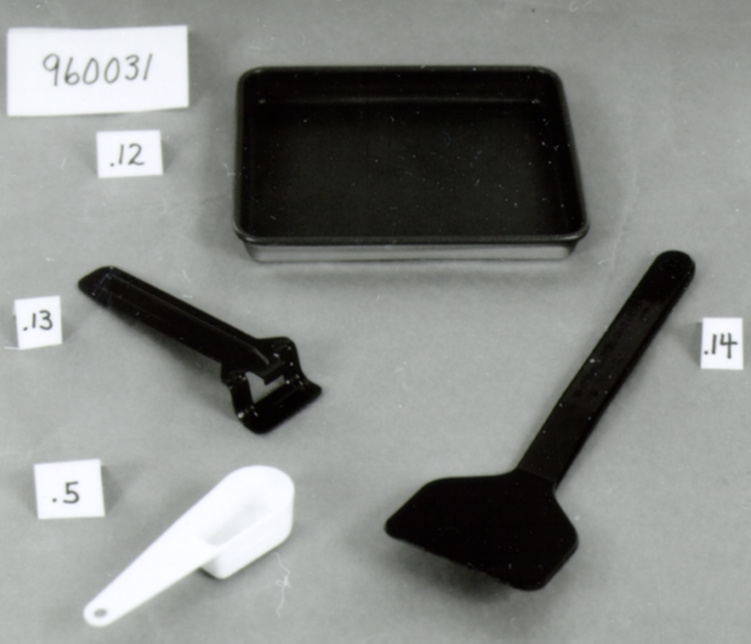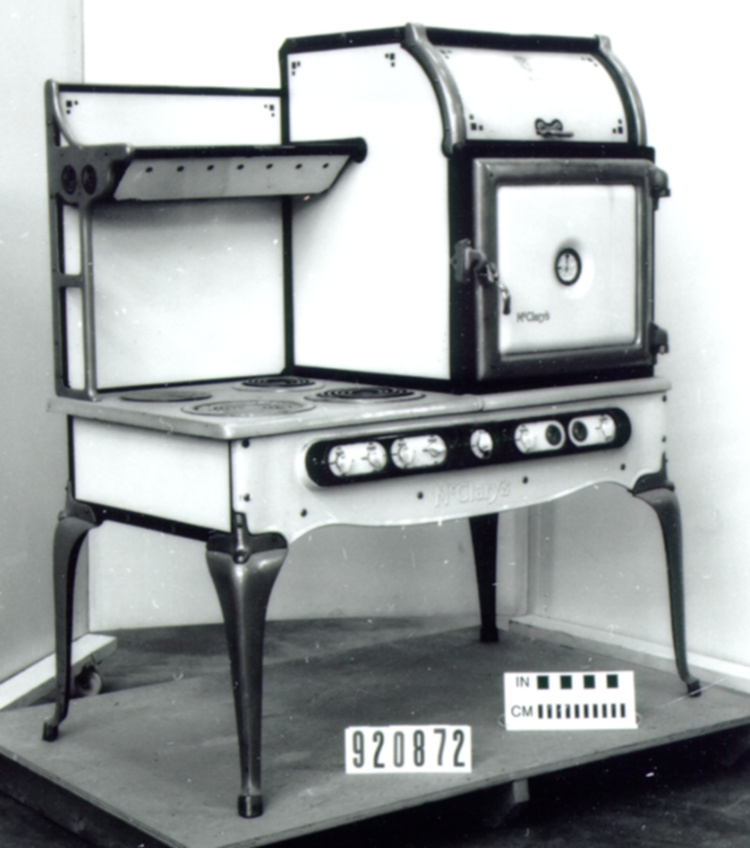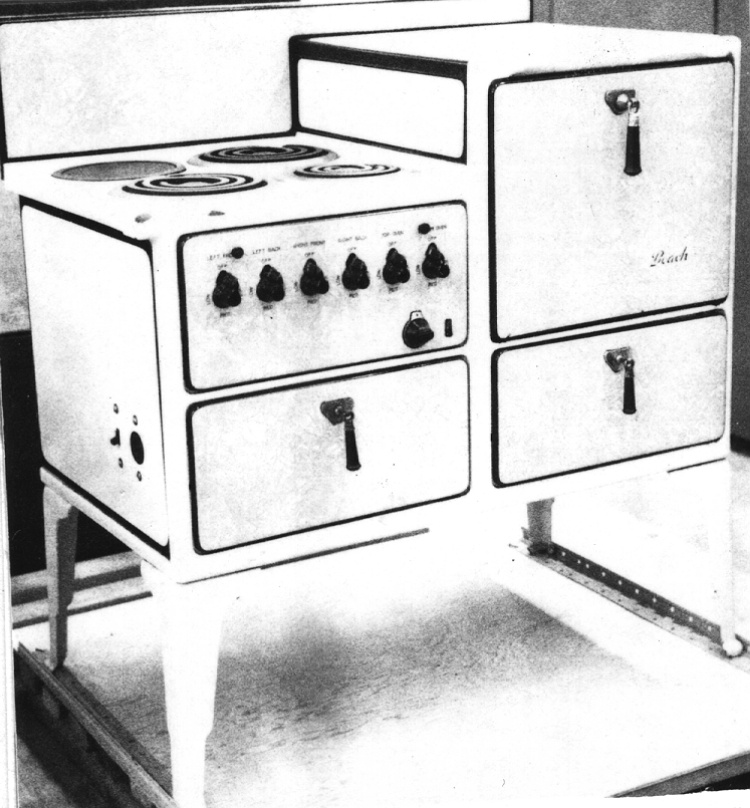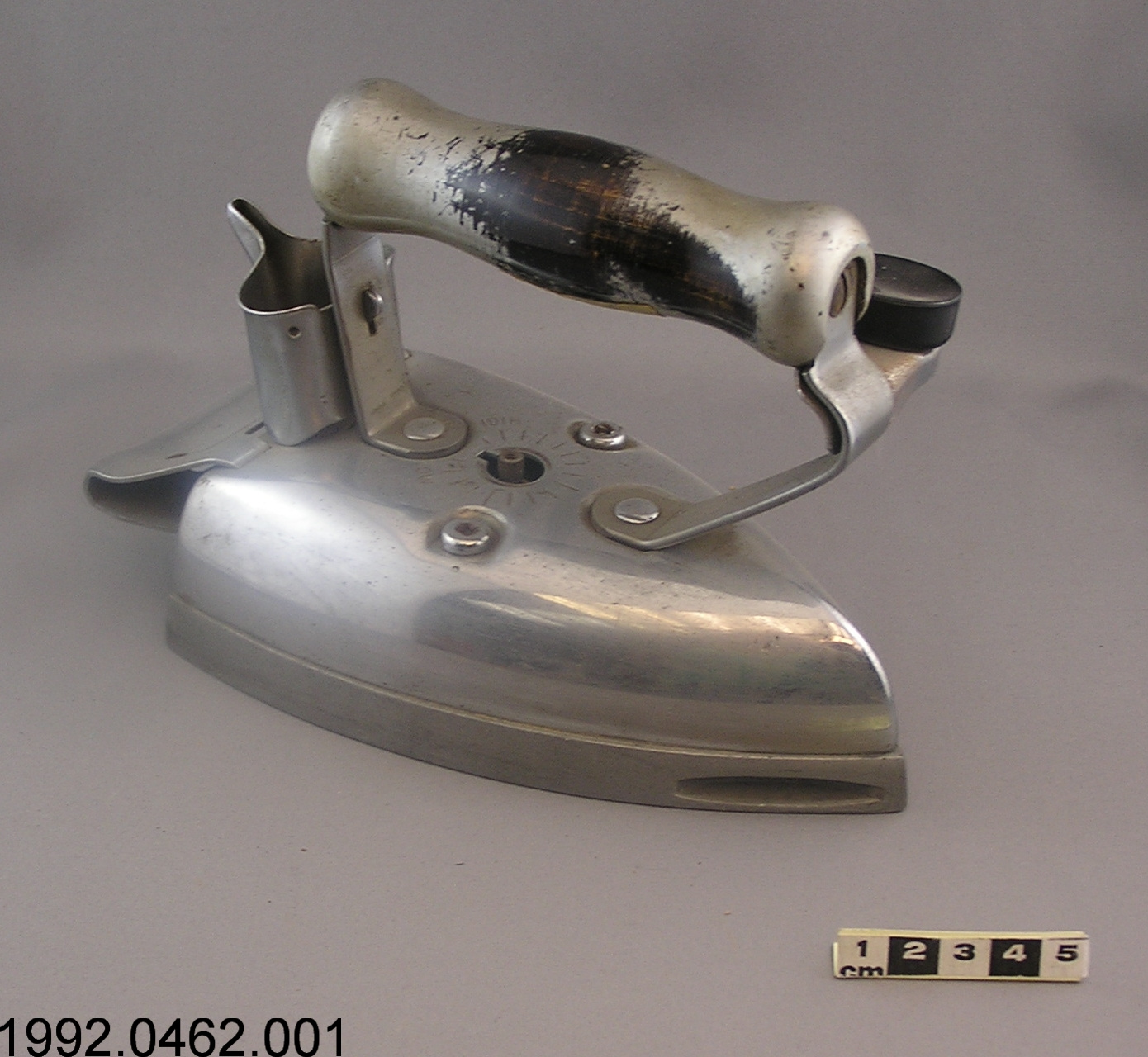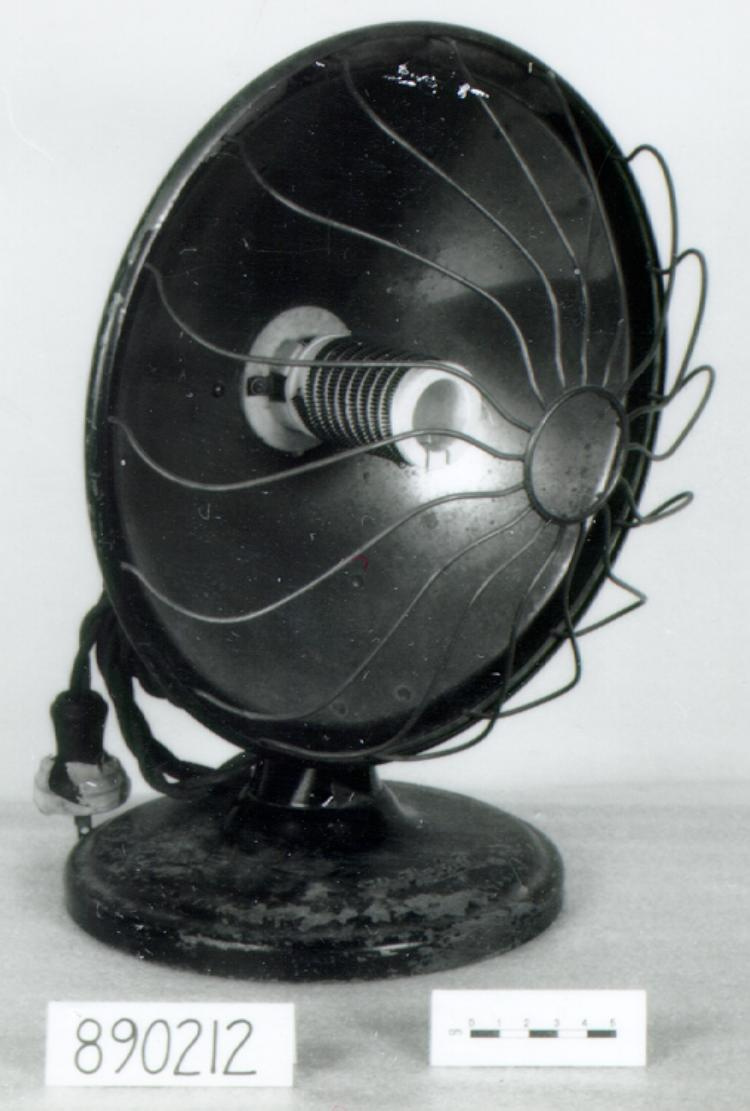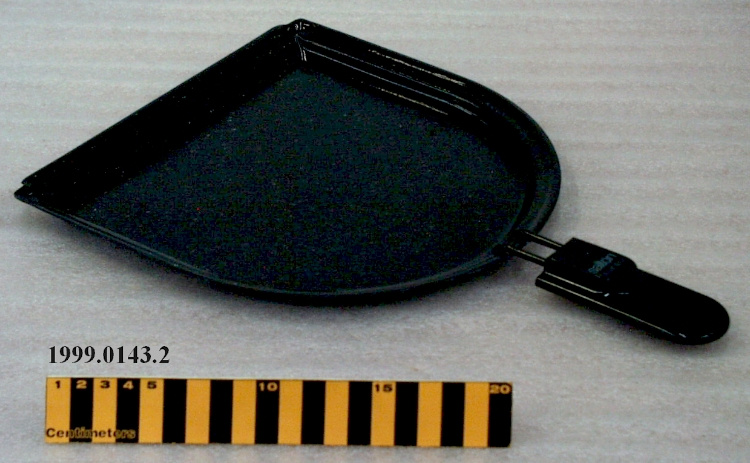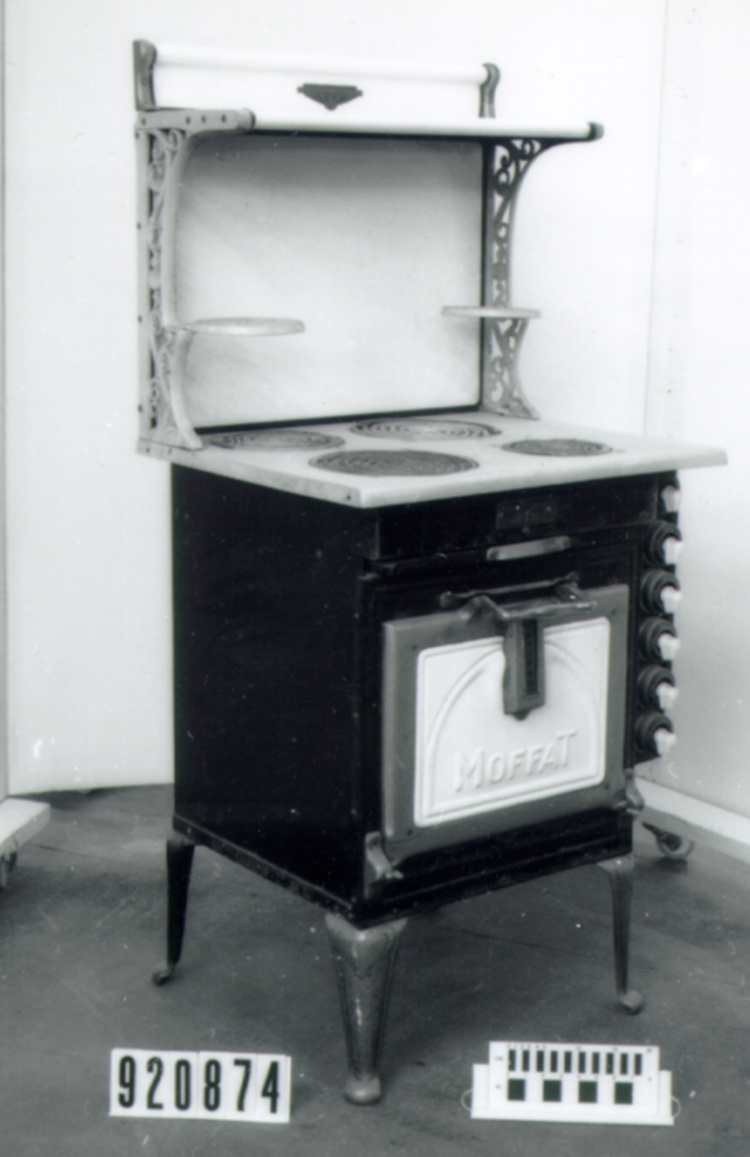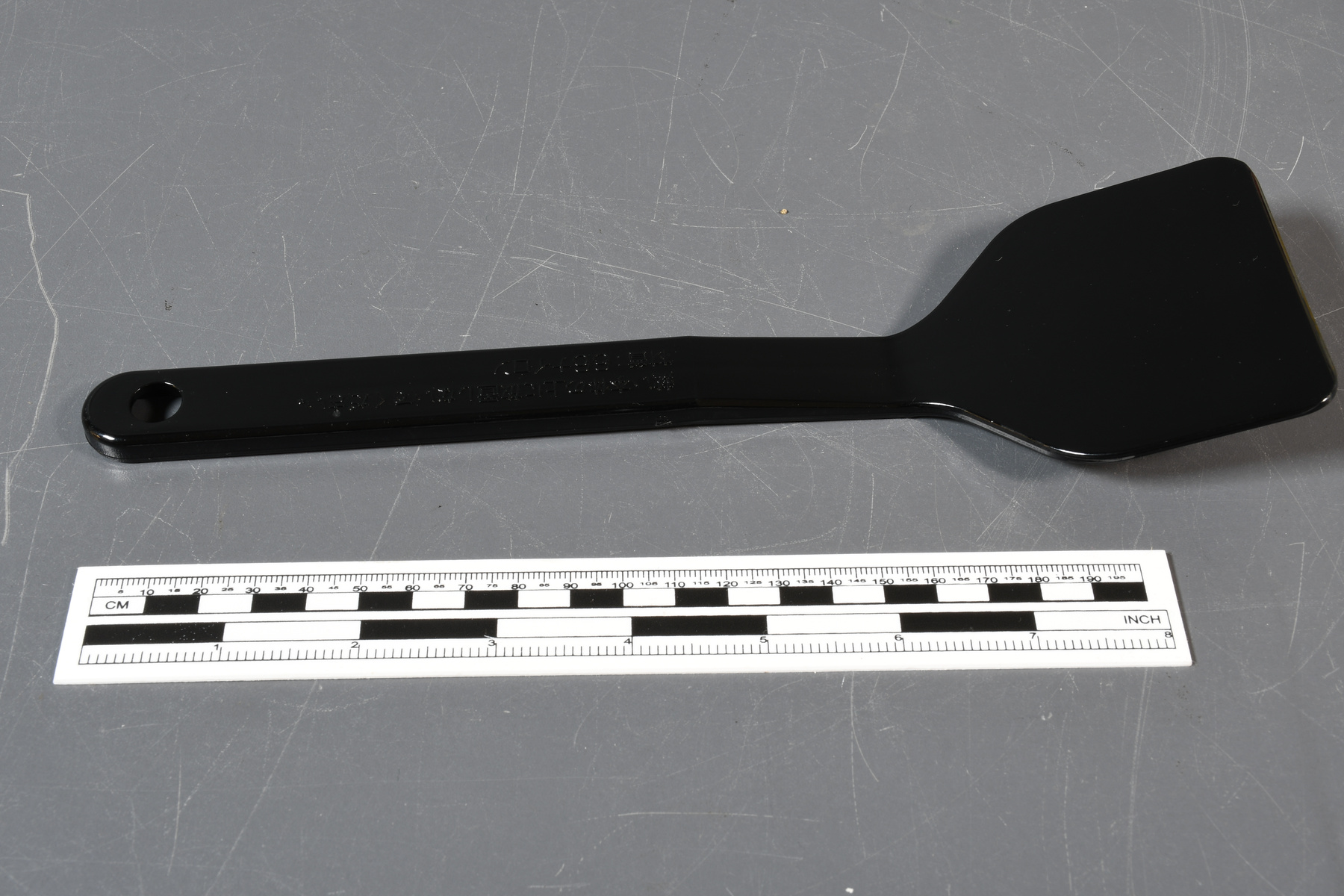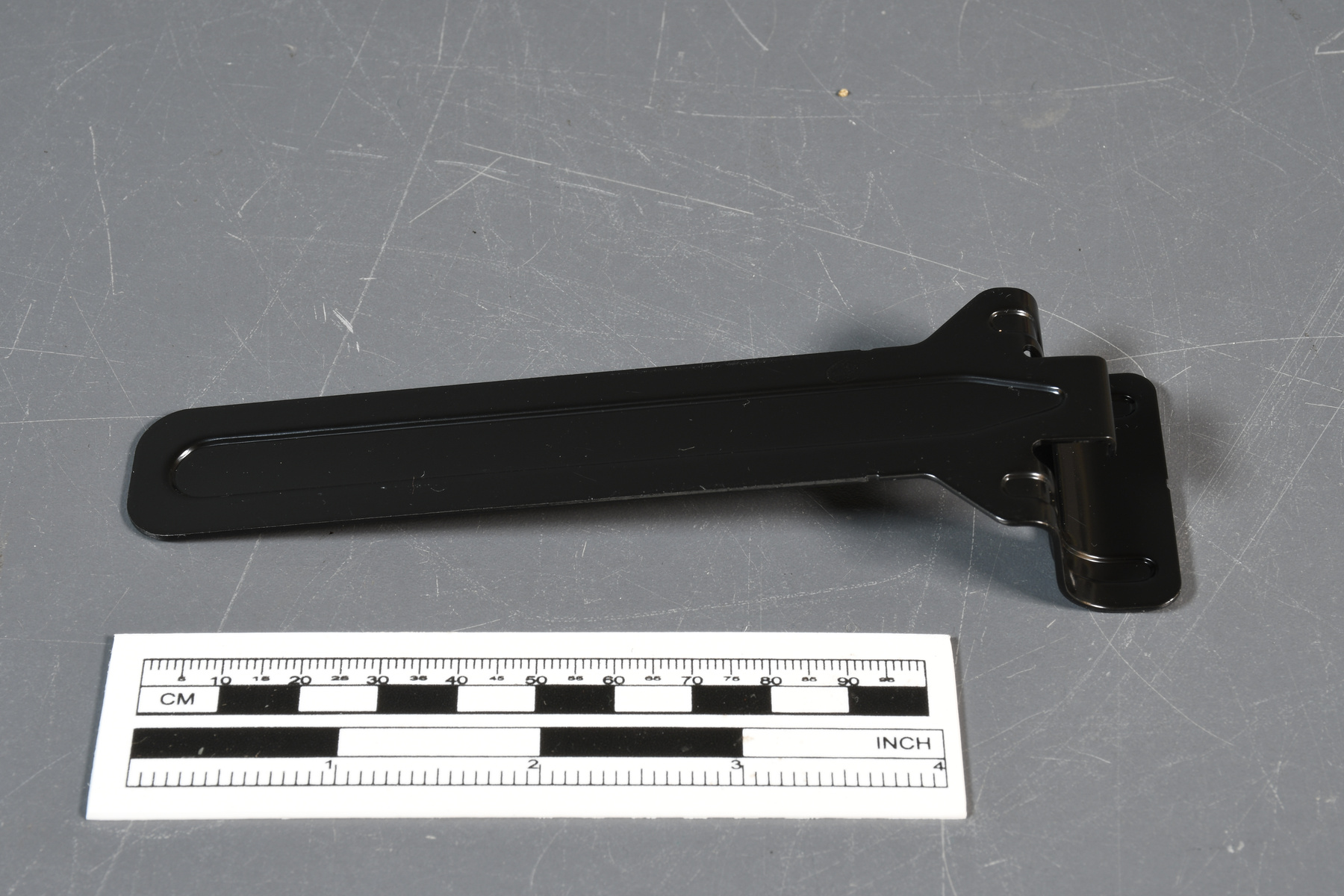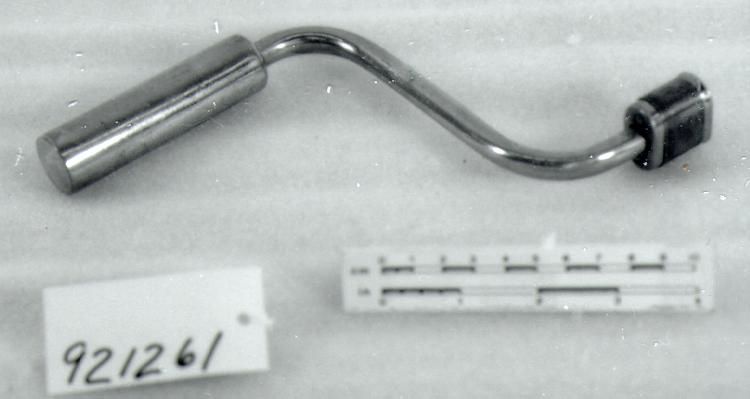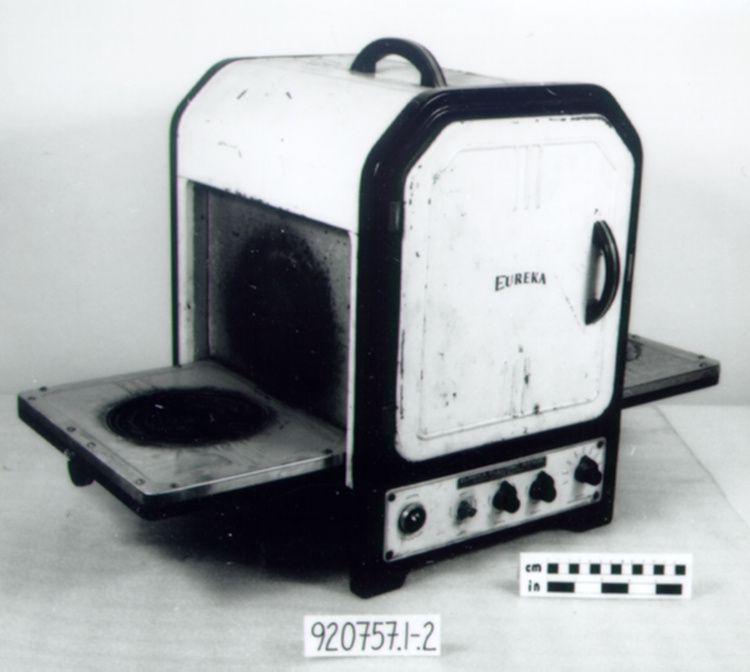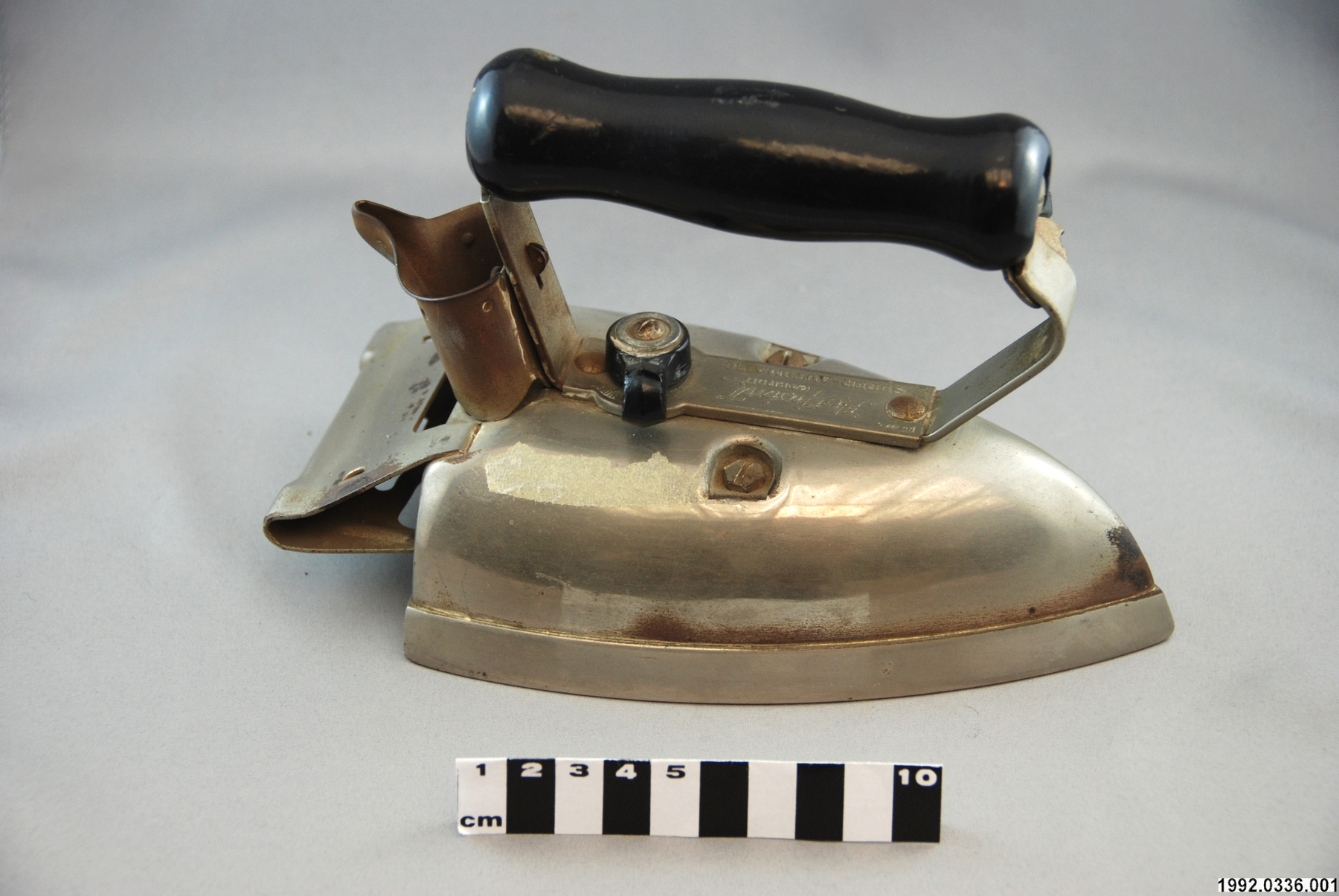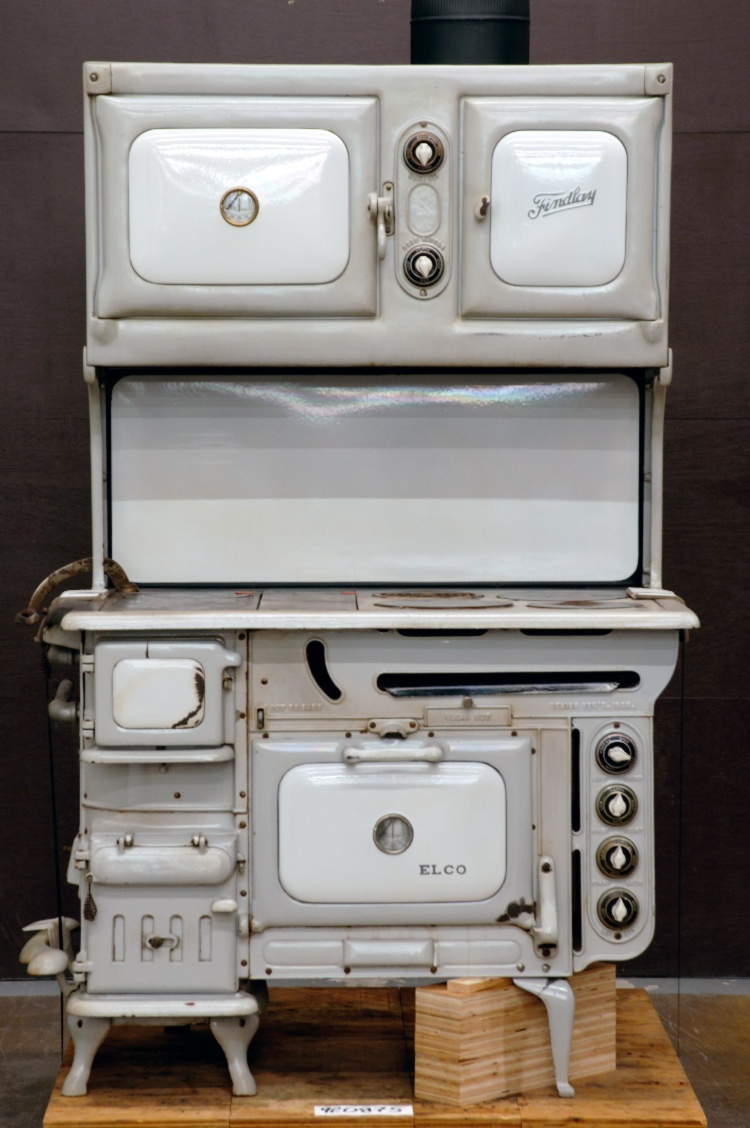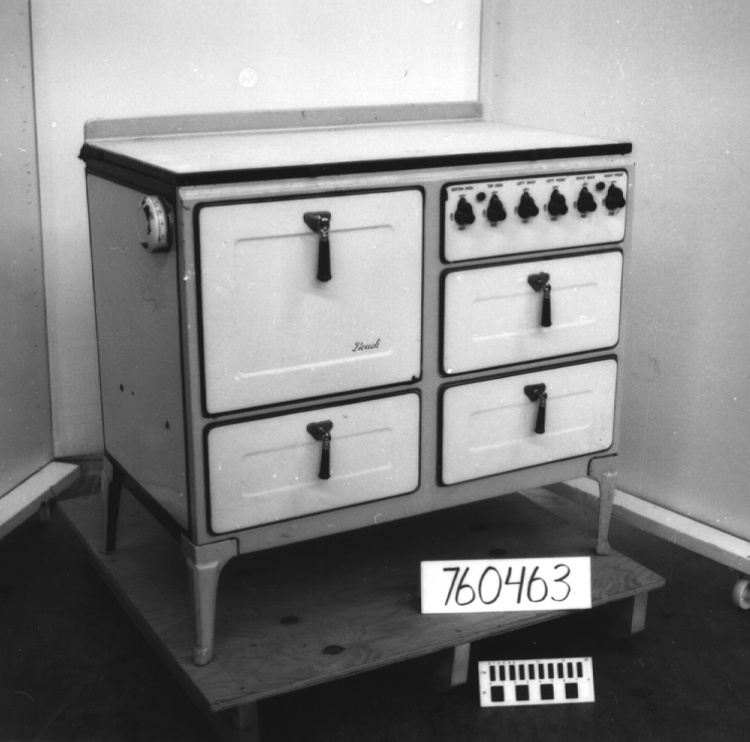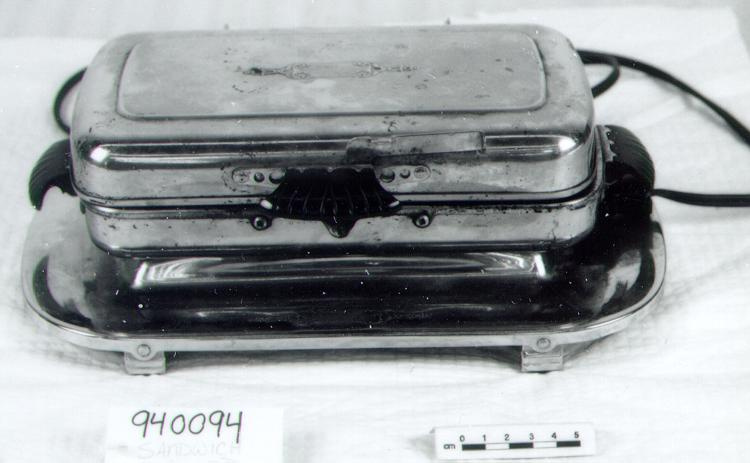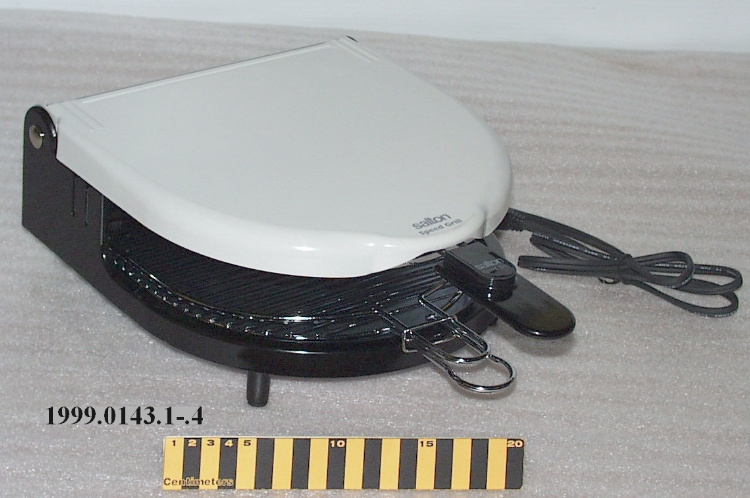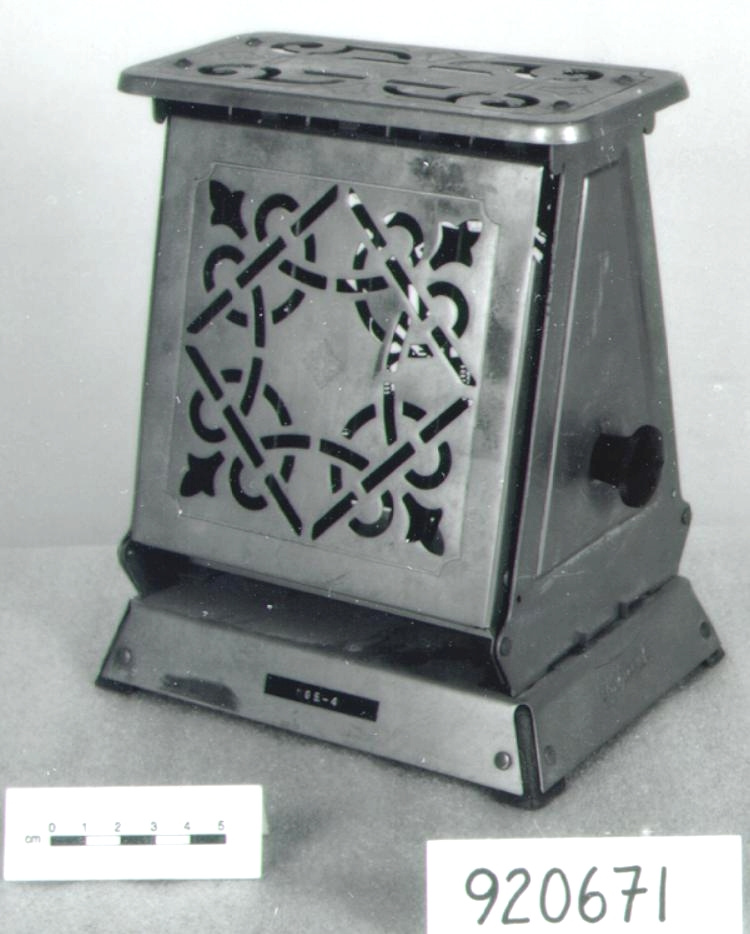Grille-pain
Utiliser cette image
Puis-je réutiliser cette image sans autorisation? Oui
Les images sur le portail de la collection d’Ingenium ont la licence Creative Commons suivante :
Copyright Ingenium / CC BY-NC-ND (Attribution-NonCommercial 4.0 International (CC BY-NC 4.0)
ATTRIBUER CETTE IMAGE
Ingenium,
1992.0671.001
Permalien:
Ingenium diffuse cette image sous le cadre de licence Creative Commons et encourage son téléchargement et sa réutilisation à des fins non commerciales. Veuillez mentionner Ingenium et citer le numéro de l’artefact.
TÉLÉCHARGER L’IMAGEACHETER CETTE IMAGE
Cette image peut être utilisée gratuitement pour des fins non commerciales.
Pour un usage commercial, veuillez consulter nos frais de reproduction et communiquer avec nous pour acheter l’image.
- TYPE D’OBJET
- ELECTRIC/REVERSING SIDE PANEL
- DATE
- 1930
- NUMÉRO DE L’ARTEFACT
- 1992.0671.001
- FABRICANT
- Edison Electric Appliance Co. Inc.
- MODÈLE
- HOTPOINT
- EMPLACEMENT
- Chicago, Illinois, United States of America
Plus d’information
Renseignements généraux
- Nº de série
- S/O
- Nº de partie
- 1
- Nombre total de parties
- 1
- Ou
- S/O
- Brevets
- S/O
- Description générale
- NICKEL PLATED PRESSED METAL BASE, HOUSING & PANELS/ METAL WIRE GRILLS/ CERAMIC ELEMENT BRACKETS AT TOP & BOTTOM OF INTERIOR/ SYNTHETIC KNOB
Dimensions
Remarque : Cette information reflète la taille générale pour l’entreposage et ne représente pas nécessairement les véritables dimensions de l’objet.
- Longueur
- 17,2 cm
- Largeur
- 12,7 cm
- Hauteur
- 20,2 cm
- Épaisseur
- S/O
- Poids
- S/O
- Diamètre
- S/O
- Volume
- S/O
Lexique
- Groupe
- Technologie domestique
- Catégorie
- Traitement de nourriture
- Sous-catégorie
- S/O
Fabricant
- Ou
- Edison
- Pays
- United States of America
- État/province
- Illinois
- Ville
- Chicago
Contexte
- Pays
- Inconnu
- État/province
- Inconnu
- Période
- Inconnu
- Canada
-
When this toaster was being produced, electricity was becoming more common in Canadian homes. Prior to this, toasters and other electrical appliances were typically used in commercial settings, such as restaurants. Electrification of homes started initially through the introduction of lighting, leading to the development of some toaster cords that plugged into lightbulb sockets (Ref.1). In 1917, the two-prong system for electrical plugs was established and standardized across North America (Ref.1), and by the 1920s it became more affordable to bring electricity into the home. Between 1941-1951, the percentage of homes with electricity increased significantly, from 69.1% of homes, to 87.8%, with higher percentages in urban regions of the country (Ref. 2). To encourage further use of electricity in homes during low-peak hours, electric companies in Canada began to encourage use of electrical appliances. These companies targeted women in their marketing, promoting the benefits of appliances to reduce workload in the kitchen. Showrooms were set up across Canada by various electric manufacturers, inviting women to view various electrical appliances (Ref.1). As Canadians were introduced to the benefits of electricity in the kitchen, there was initially higher uptake of small electric appliances, such as toasters and irons, than the larger appliances. Between 1952-1960, the total number of toasters that were manufactured in Canada increased from 198,200 to 278,567 toasters total, or a total value of $1.2 million to $2.6 million (Ref.3). By 1931, 40% of homes across Canada owned a toaster (Ref.2). - Fonction
-
To toast bread on one side at a time, metal doors open to hold toast, and are reopened to flip bread manually when toasting other side. Can toast up to two slices of bread at once. - Technique
-
The toaster is made of metal and geometric in form. The triangular body is a common shape of early toaster design. Simple art deco styling is shown in the elegant floral cut-outs on the flip-down doors (Ref. 4). This toaster features flip-down doors, a functional design choice that protects the user from coming in direct contact with a hot element. The doors are connected by a hinge, allowing them to open and close together. The toaster requires that the user attends to the appliance and turns the toast by hand to ensure even toasting on both sides. Due to human error however, this often led to burnt toast. This design flaw eventually led to the development of the pop-up toaster in 1919 (Ref.5) - Notes sur la région
-
Inconnu
Détails
- Marques
- INCISED MFR'S MARKS ON BASE READ: 'CAT. 157T26 W.660 V.115/ PAT'S 1105230/ MADE IN U.S.A. BY EDISON ELECTRIC APPLIANCE CO. INC./ CHICAGO, ILL. ONTARIO, CALIF./ A GENERAL GE [LOGO] ELECTRIC/ ORGANIZATION'/ MODEL NAME 'Hotpoint' STAMPED ON BASE AT SIDE
- Manque
- ELECTRICAL CORD From CA of 03/15/1994 by Tony Missio: Yes - missing cord
- Fini
- BASE, HOUSING, PANELS & GRILLS METAL WITH POLISHED NICKELFINISH/ ELEMENT BRACKETS LIGHT BROWN CERAMIC/ KNOB BLACK SYNTHETIC
- Décoration
- DECORATIVE CUT-OUTS & INCISED DESIGNS WITH FLEUR-DE-LIS MOTIF ON DOORS & TOAST RACK/ RAISED PATTERNON KNOB
FAIRE RÉFÉRENCE À CET OBJET
Si vous souhaitez publier de l’information sur cet objet de collection, veuillez indiquer ce qui suit :
Edison Electric Appliance Co. Inc., Grille-pain, vers 1930, Numéro de l'artefact 1992.0671, Ingenium - Musées des sciences et de l'innovation du Canada, http://collections.ingeniumcanada.org/fr/id/1992.0671.001/
RÉTROACTION
Envoyer une question ou un commentaire sur cet artefact.
Plus comme ceci
